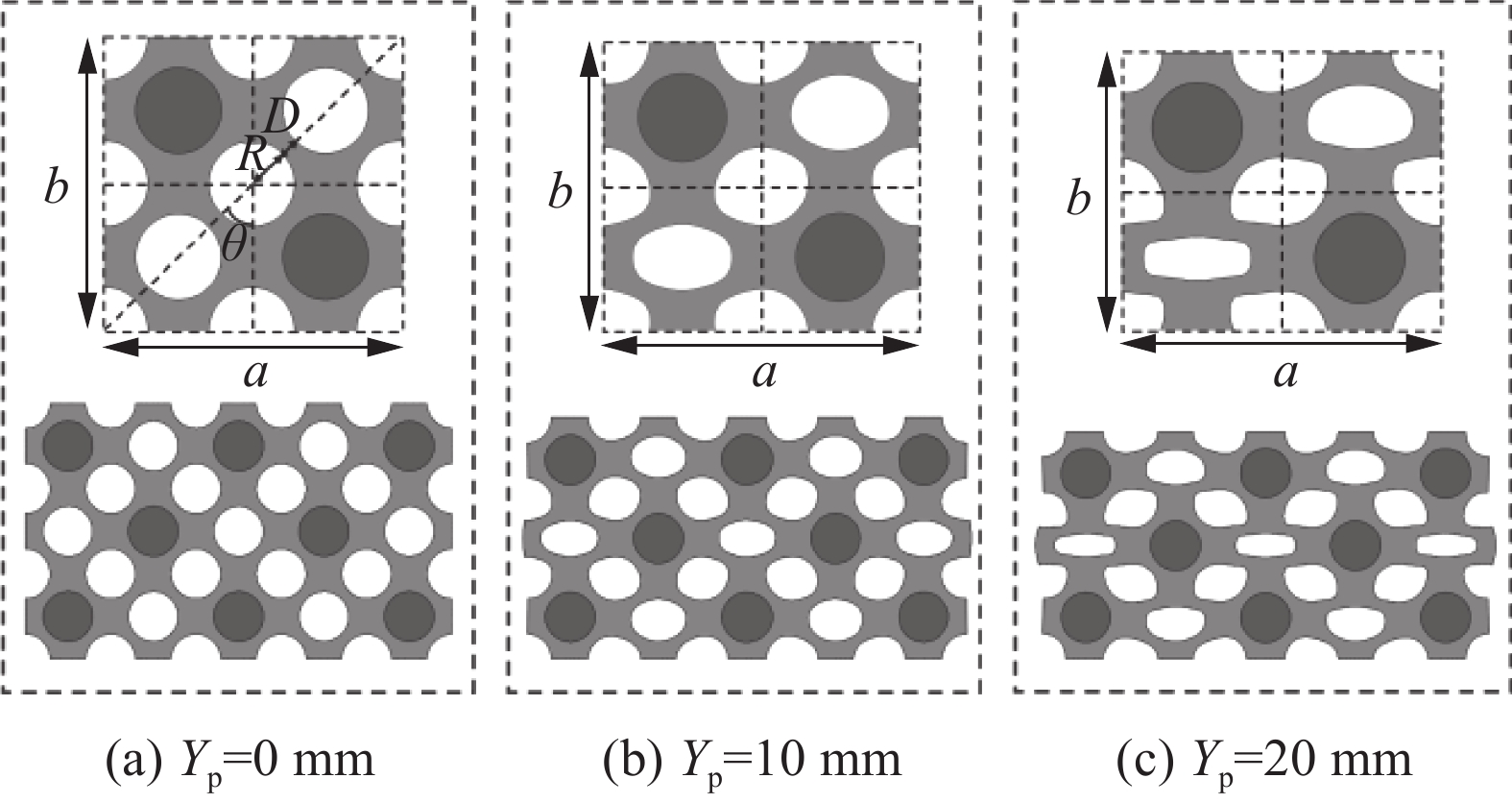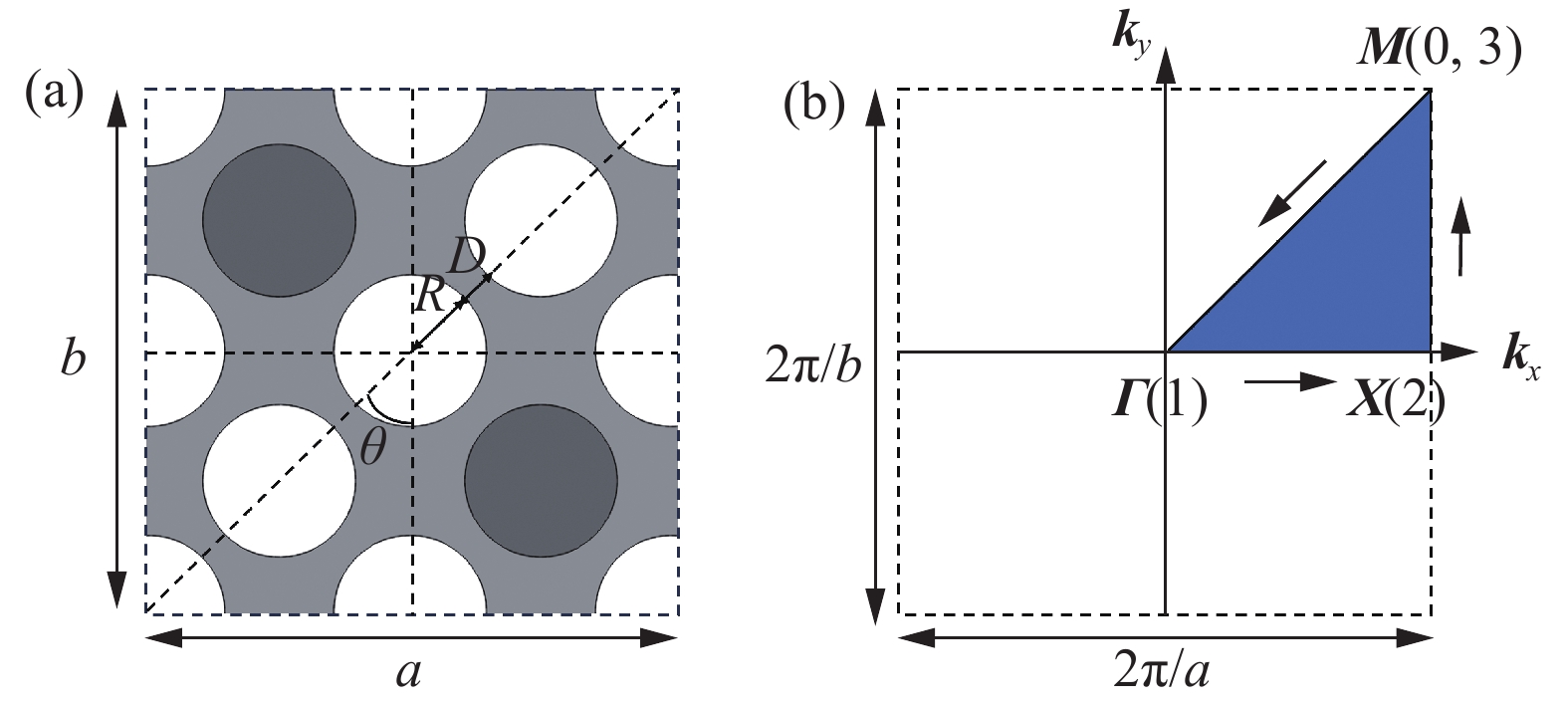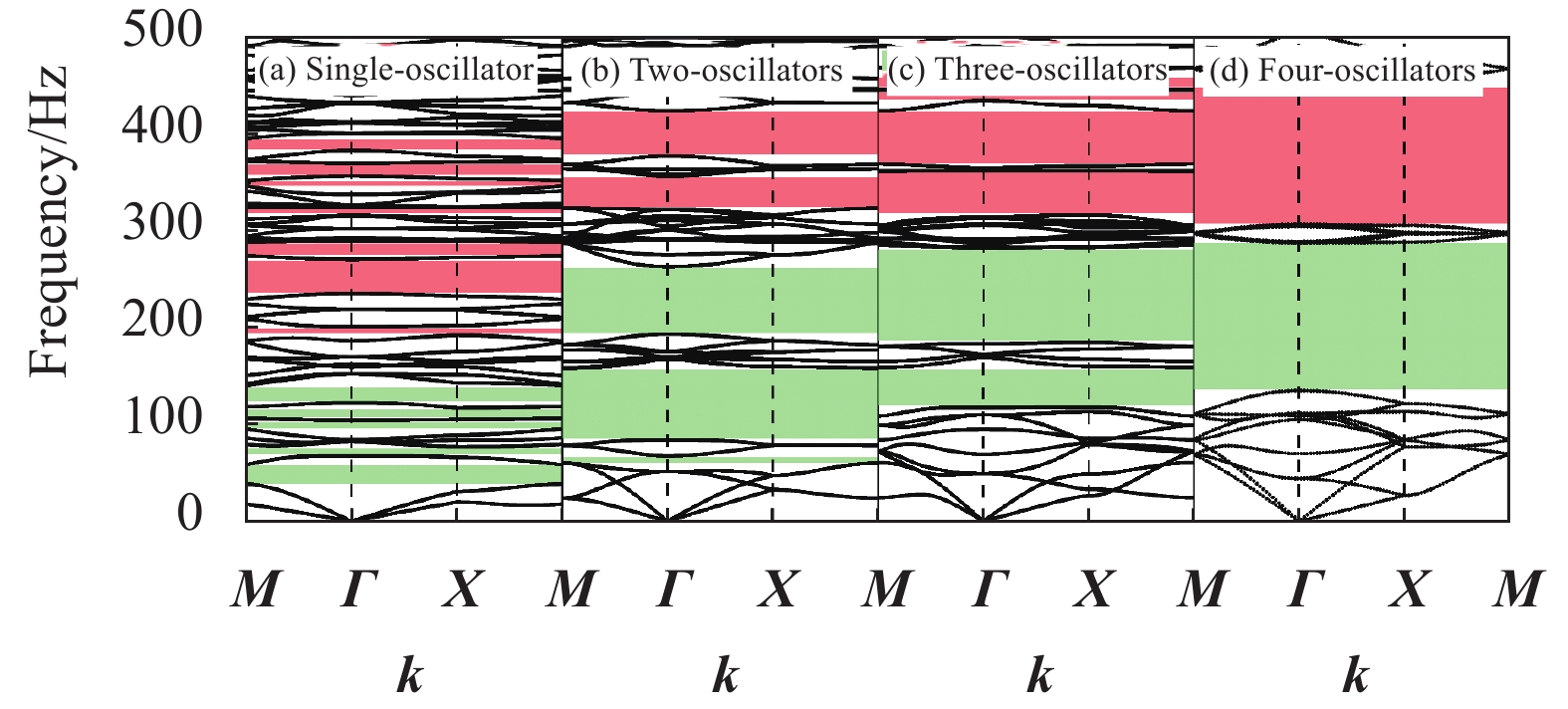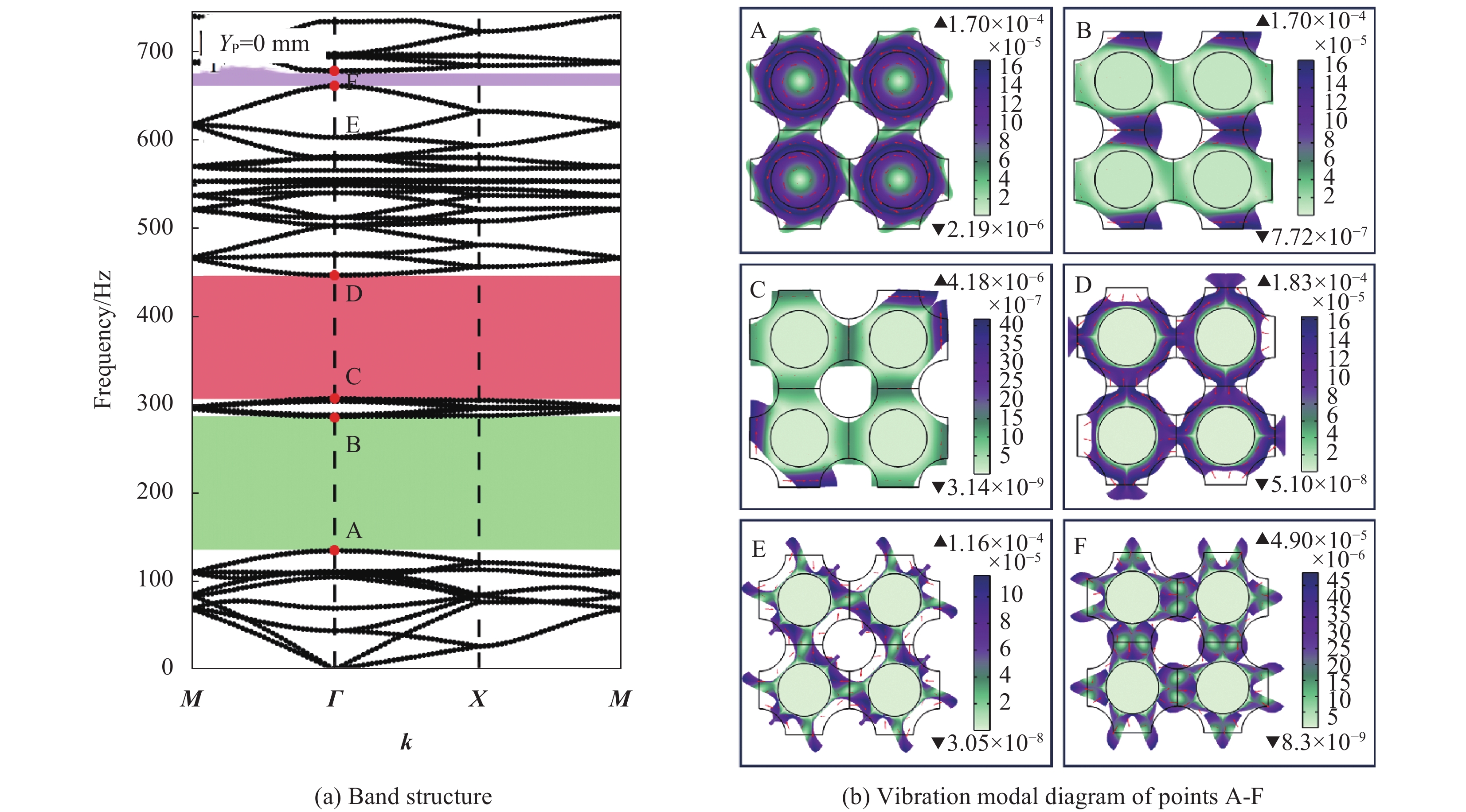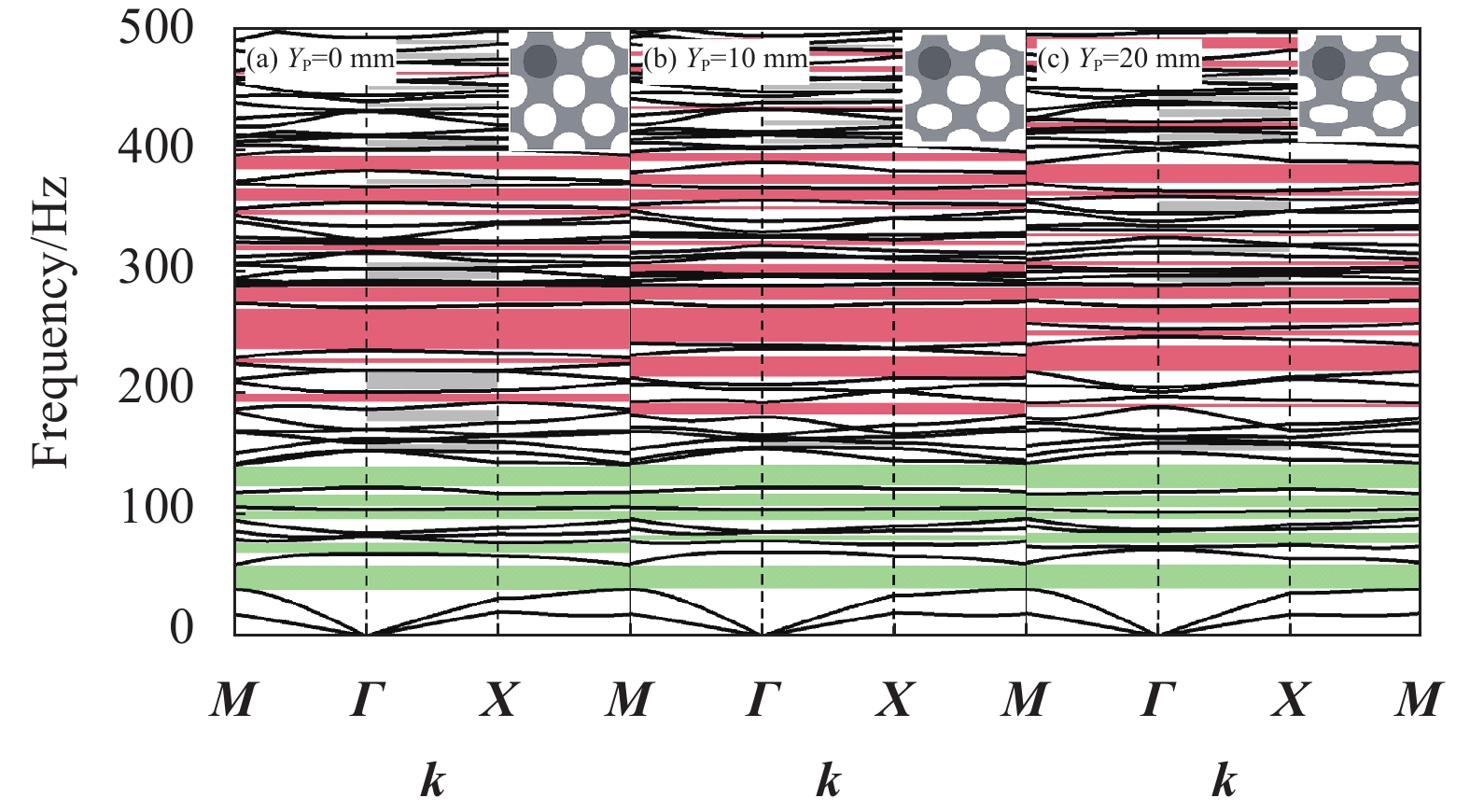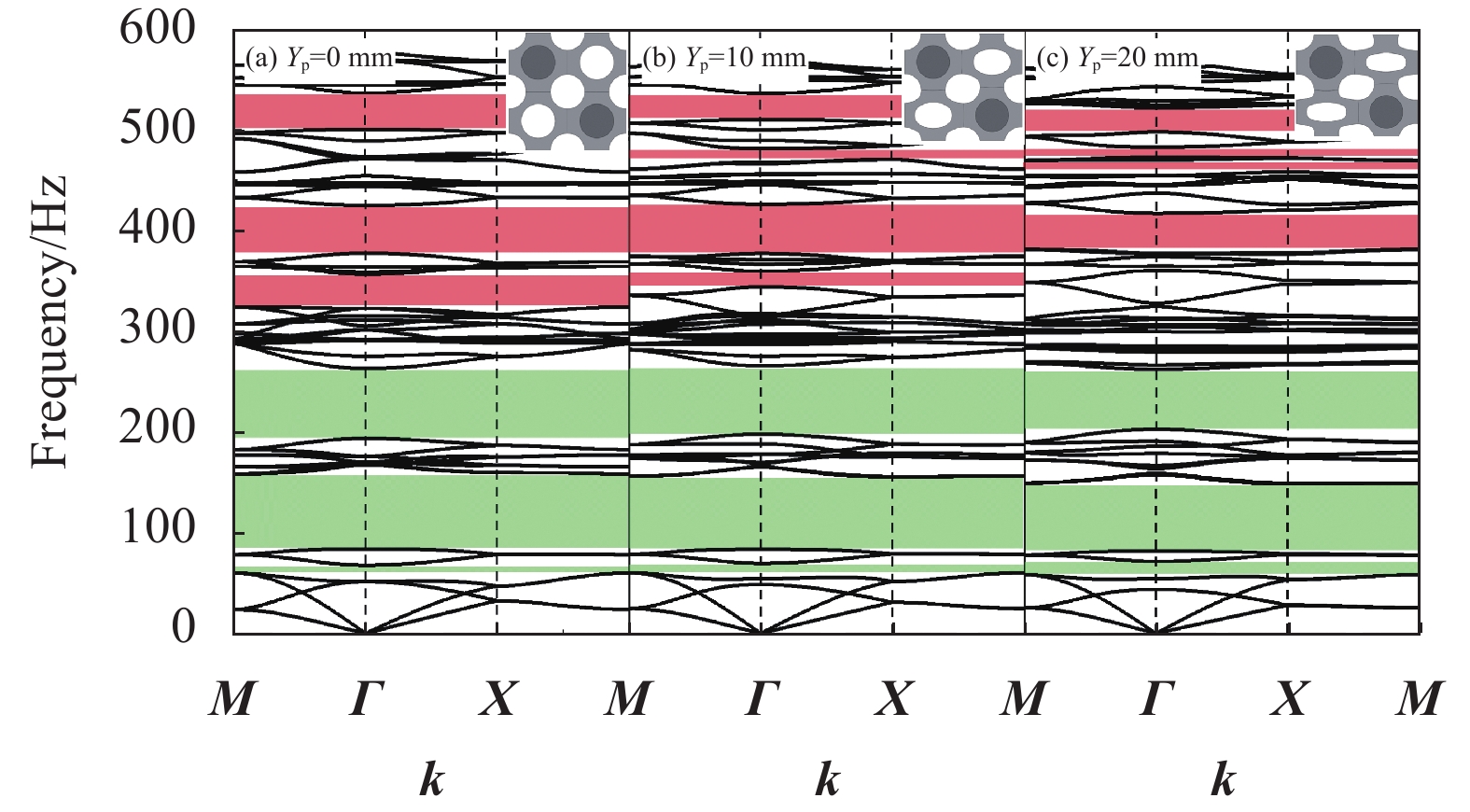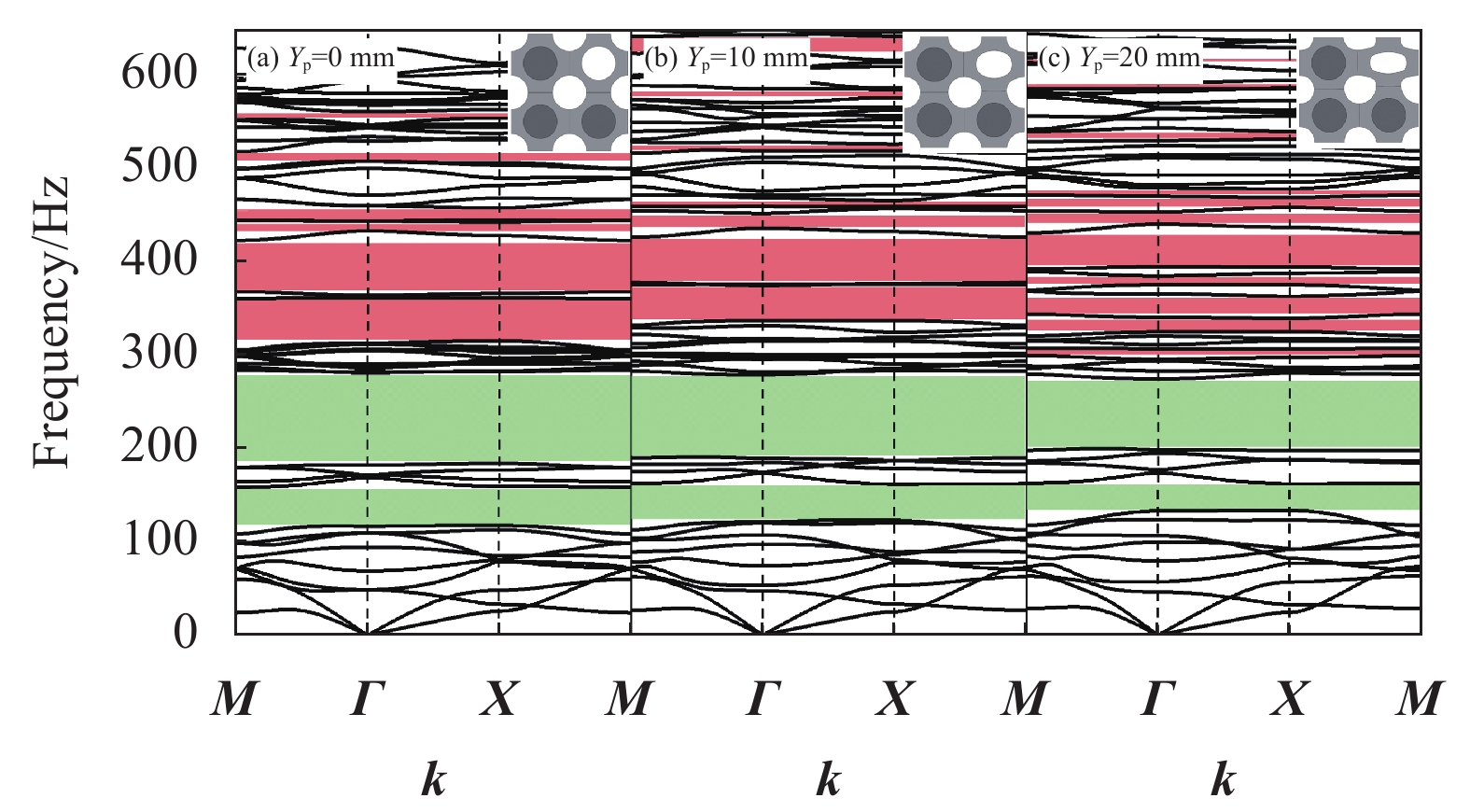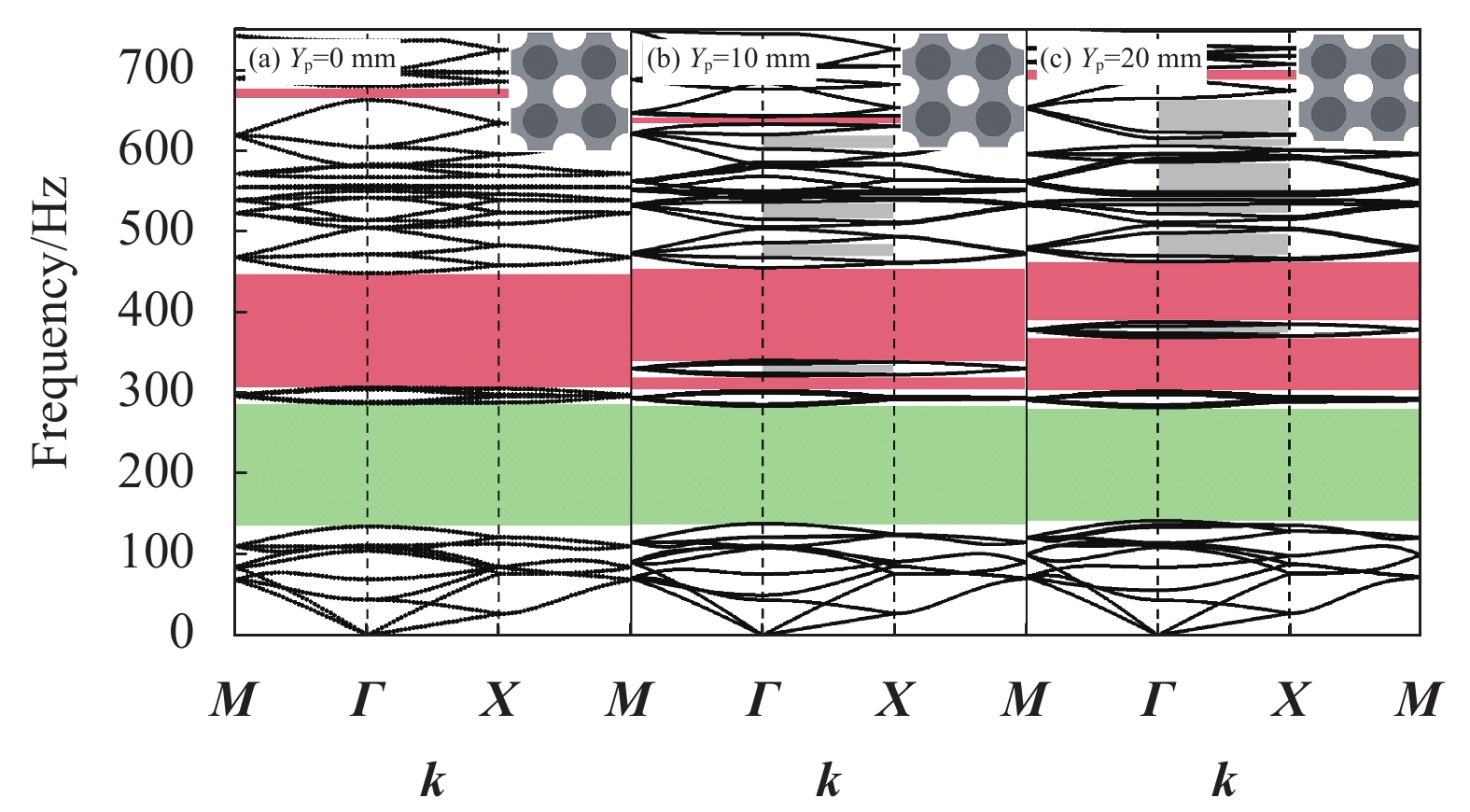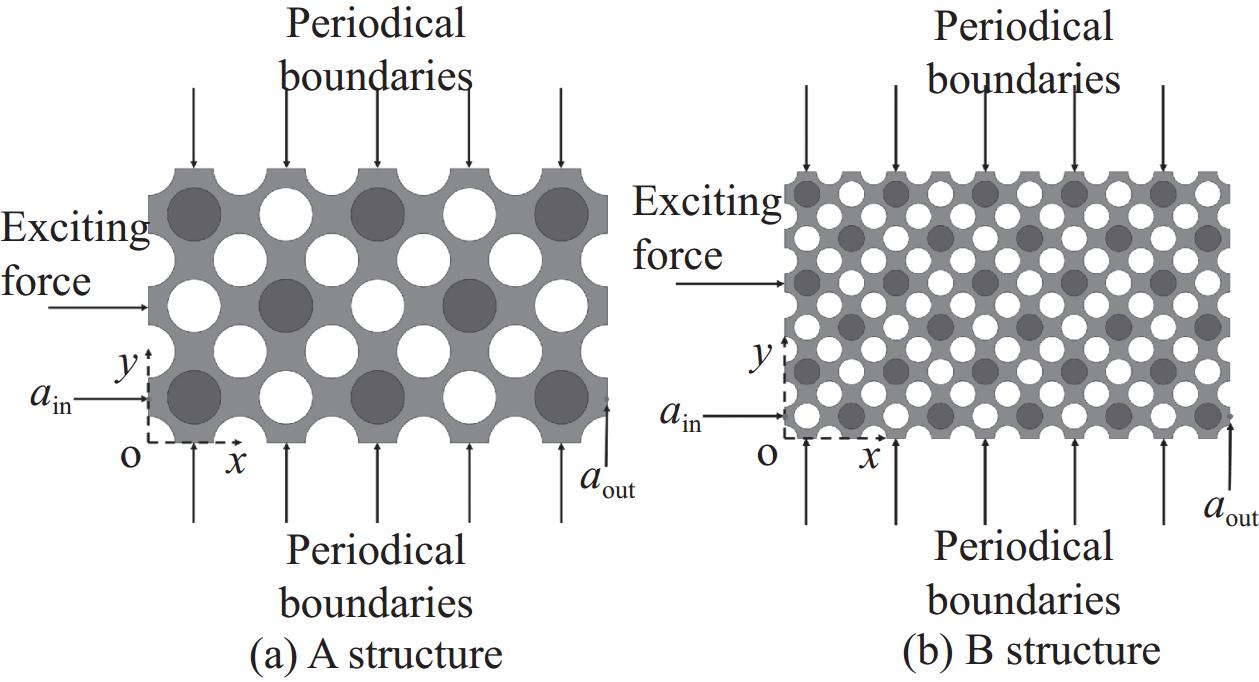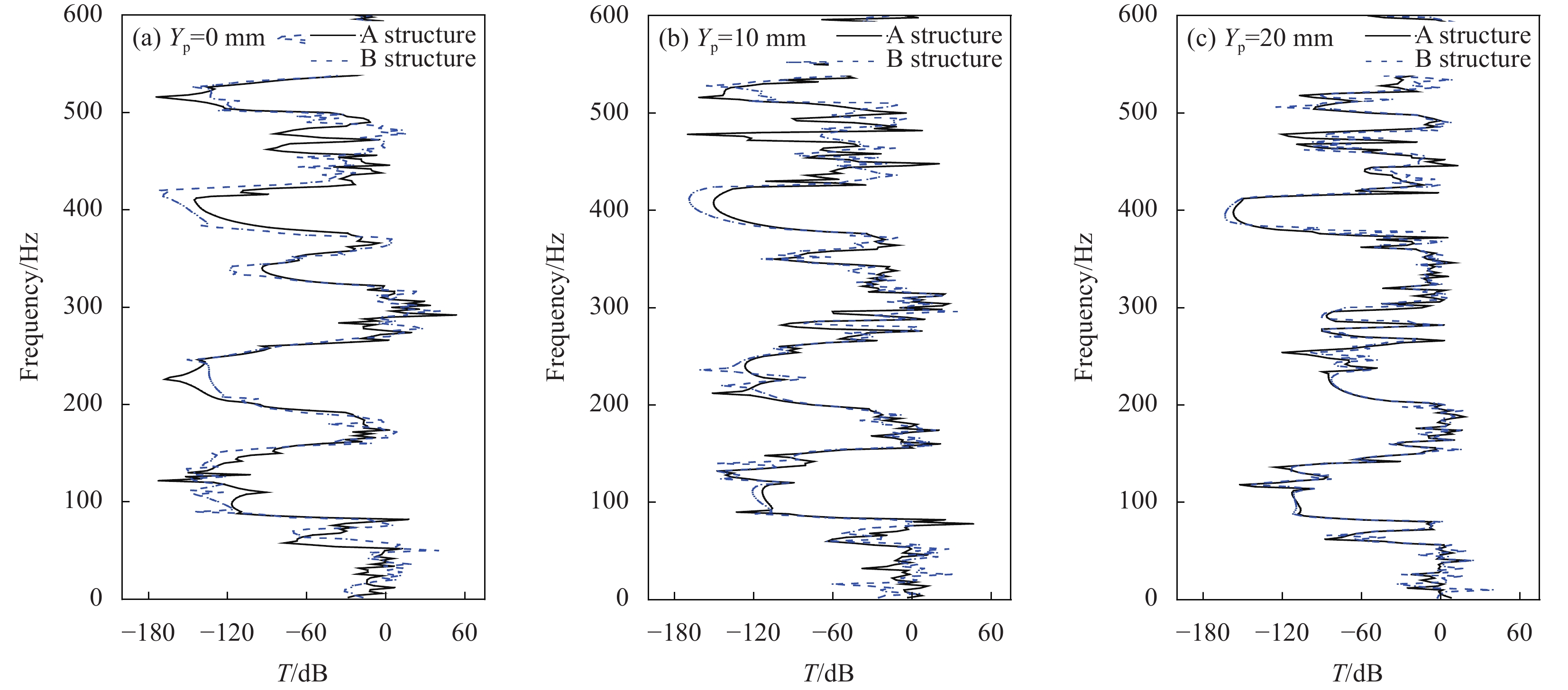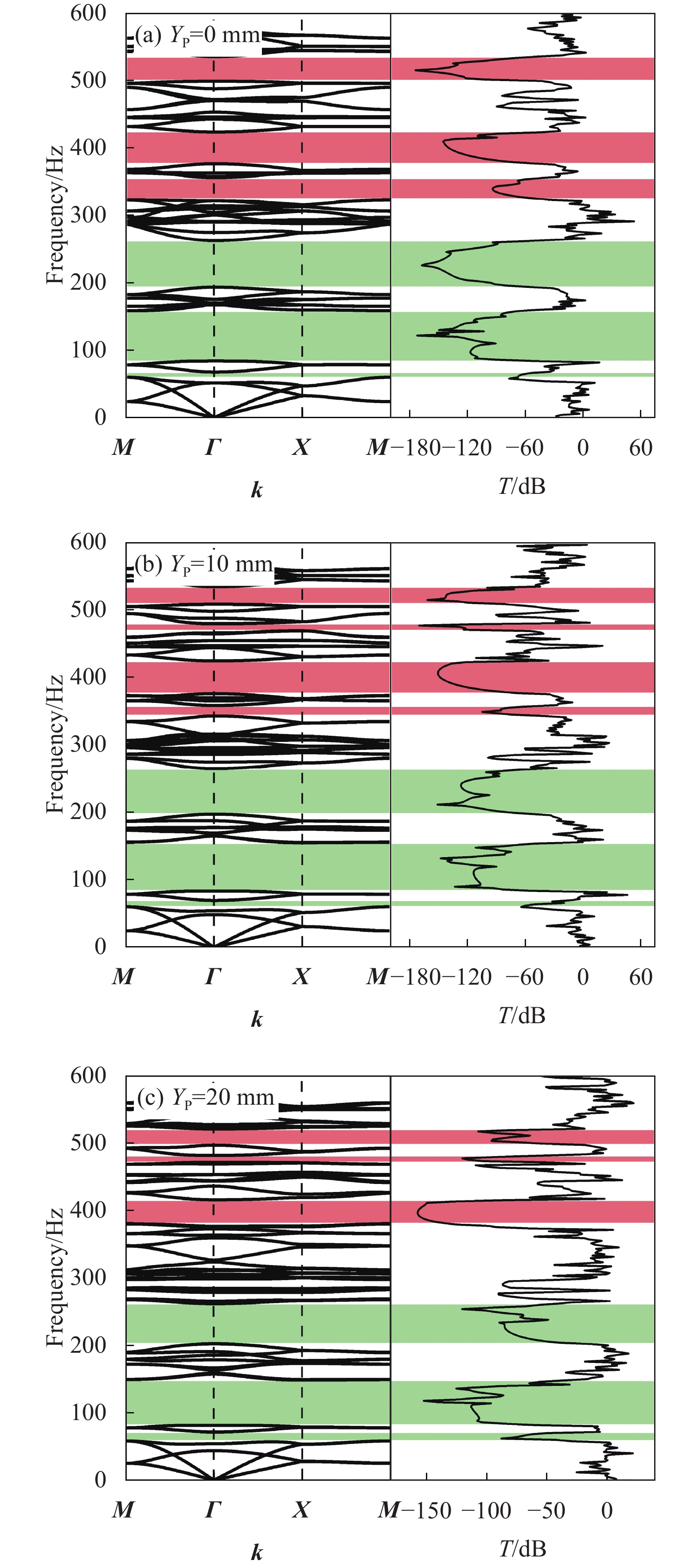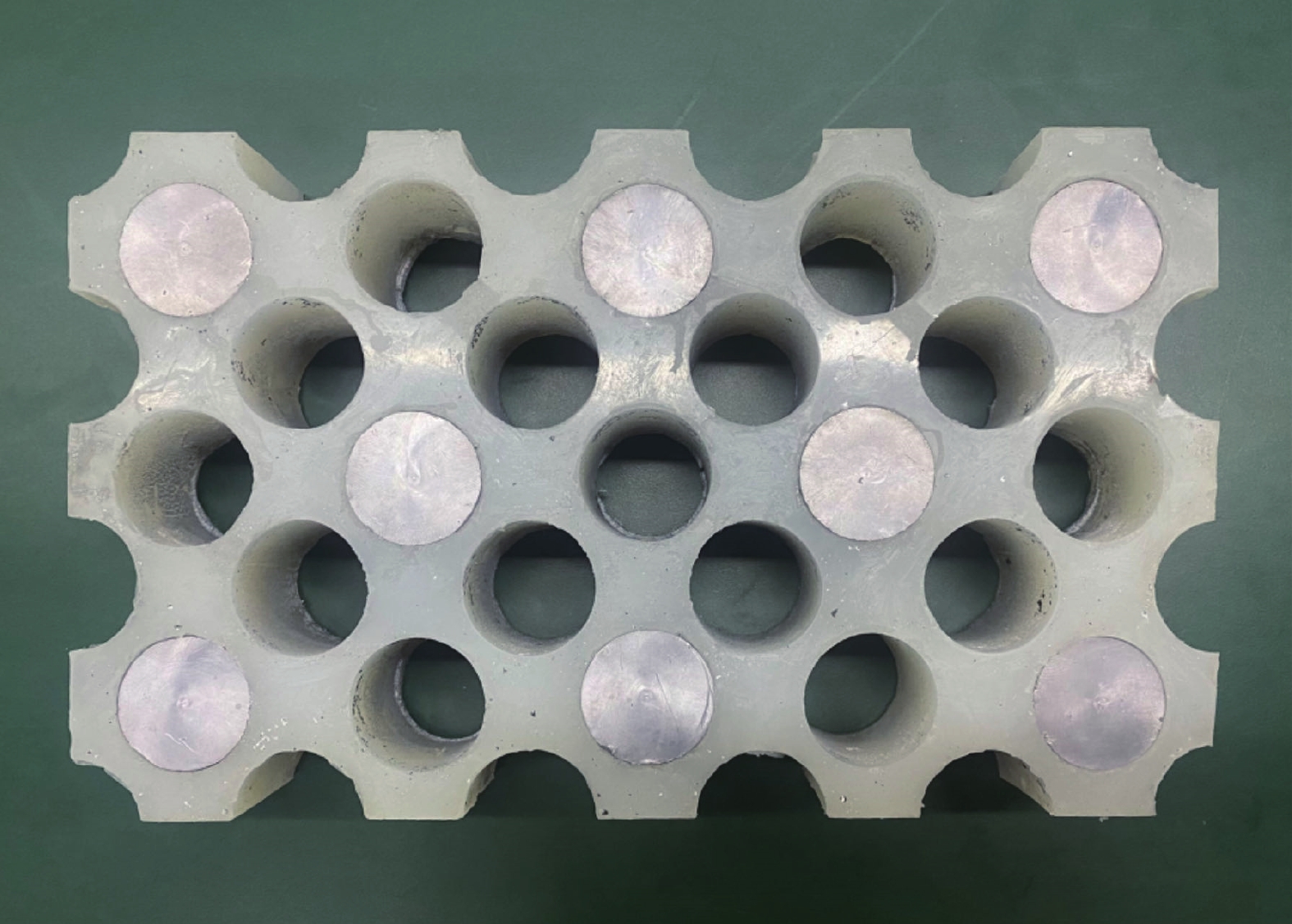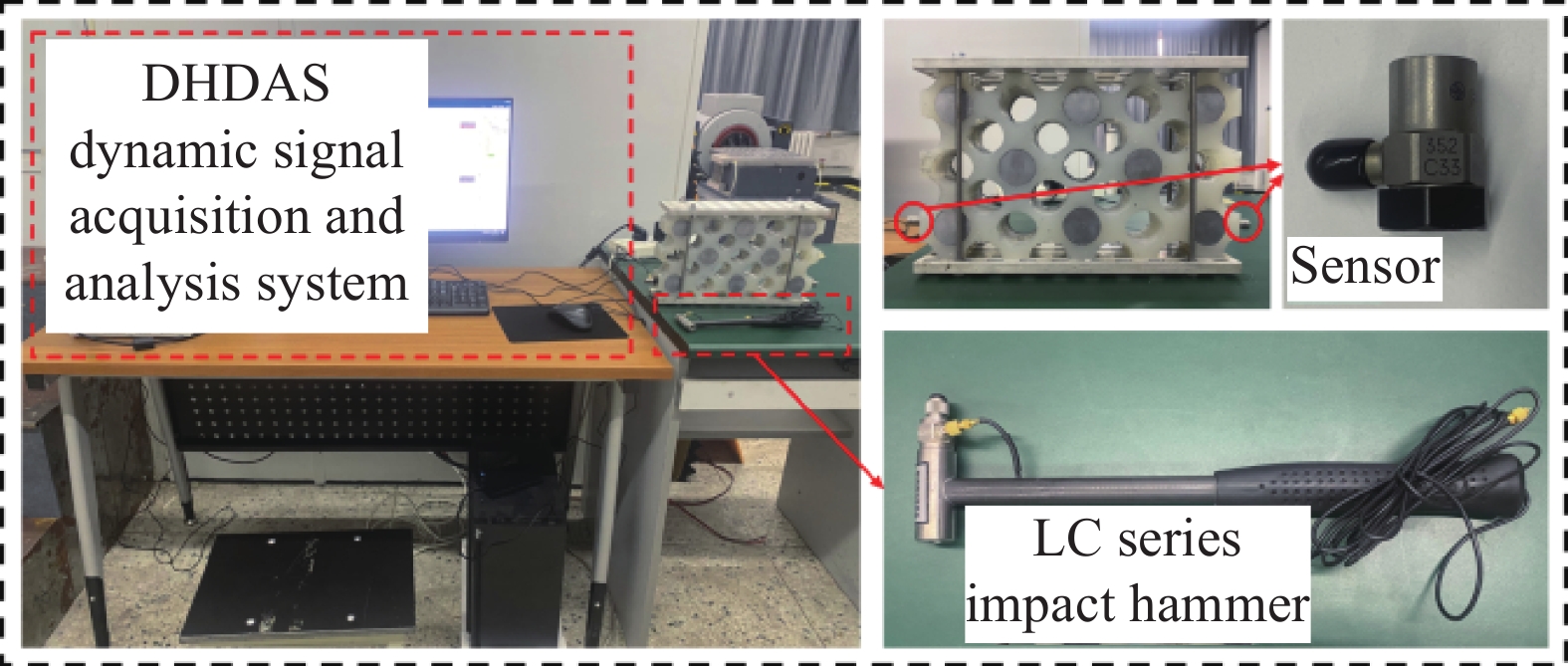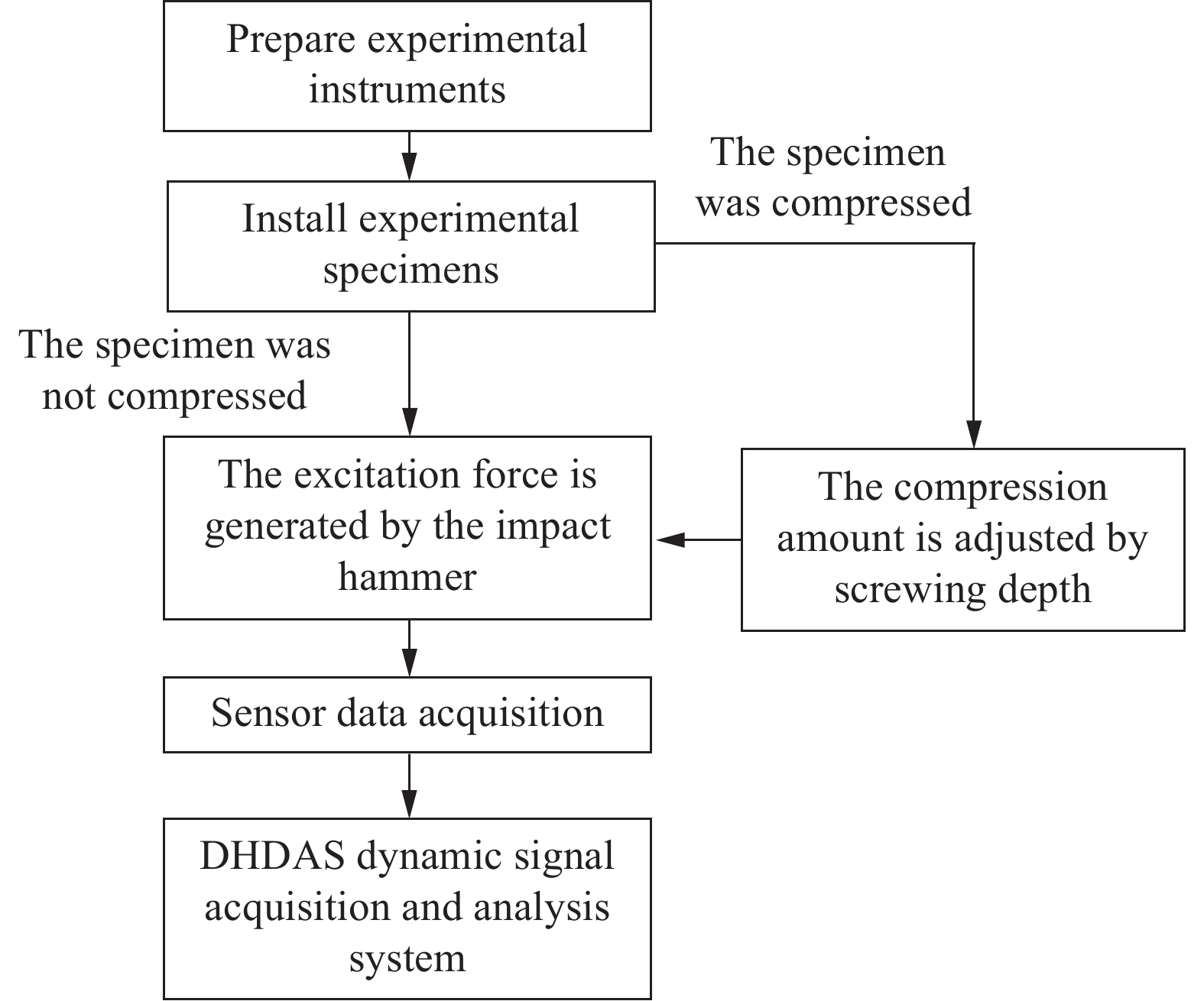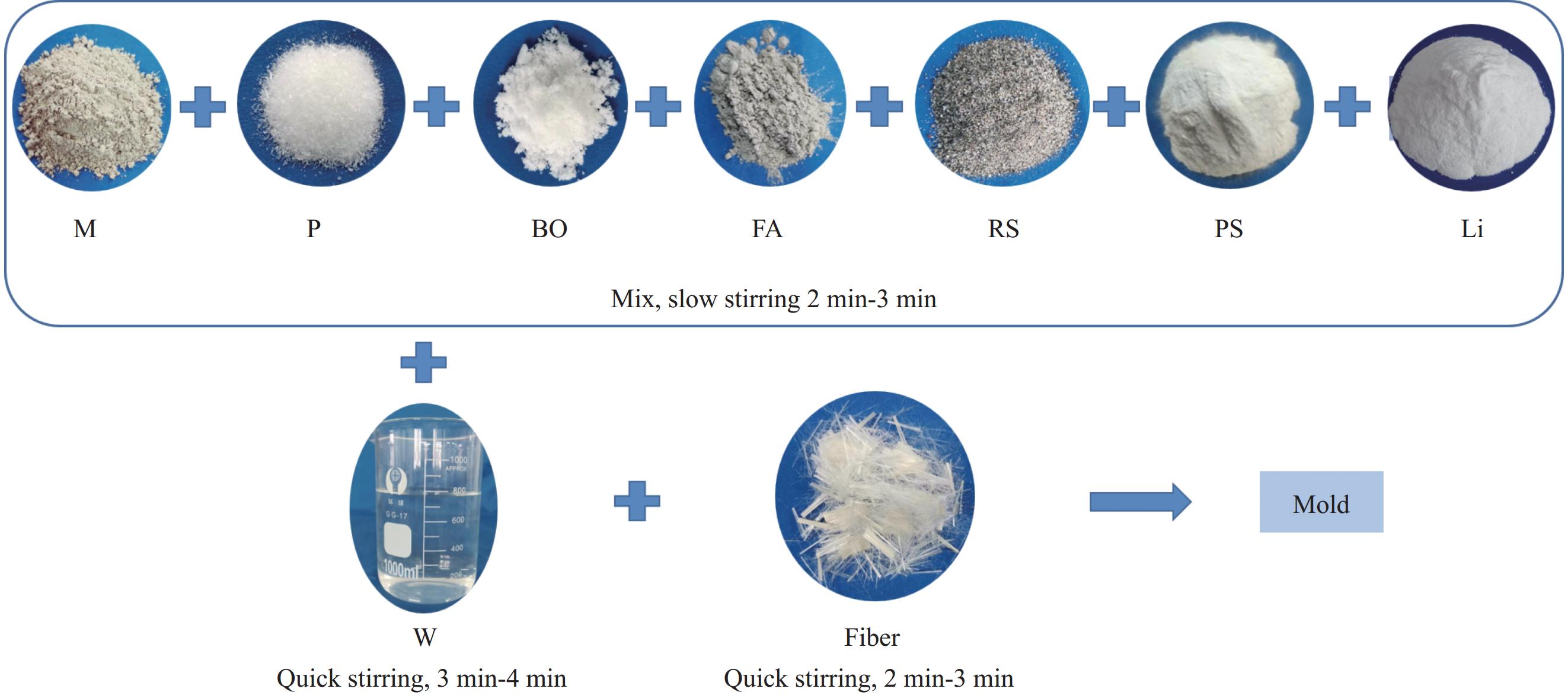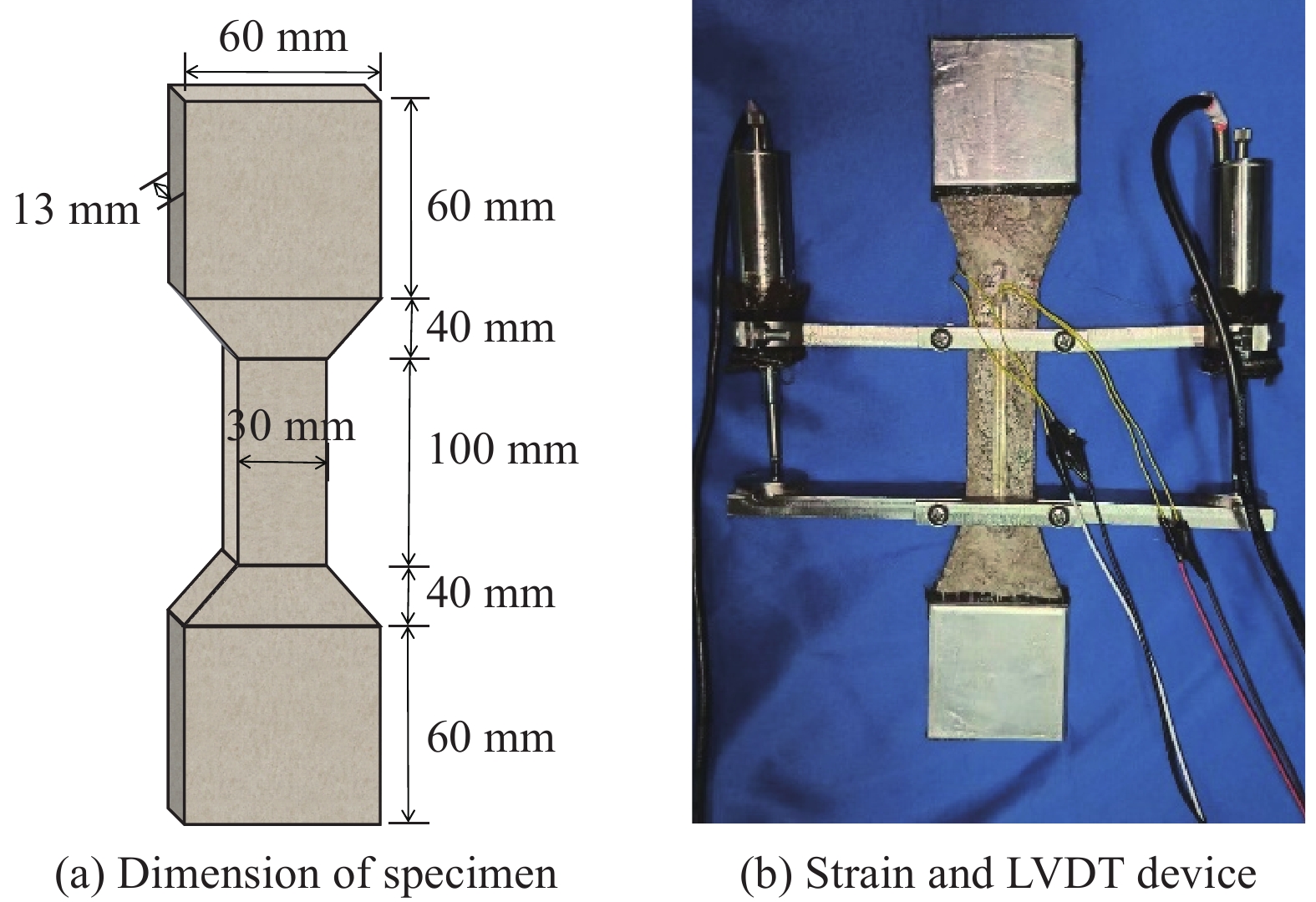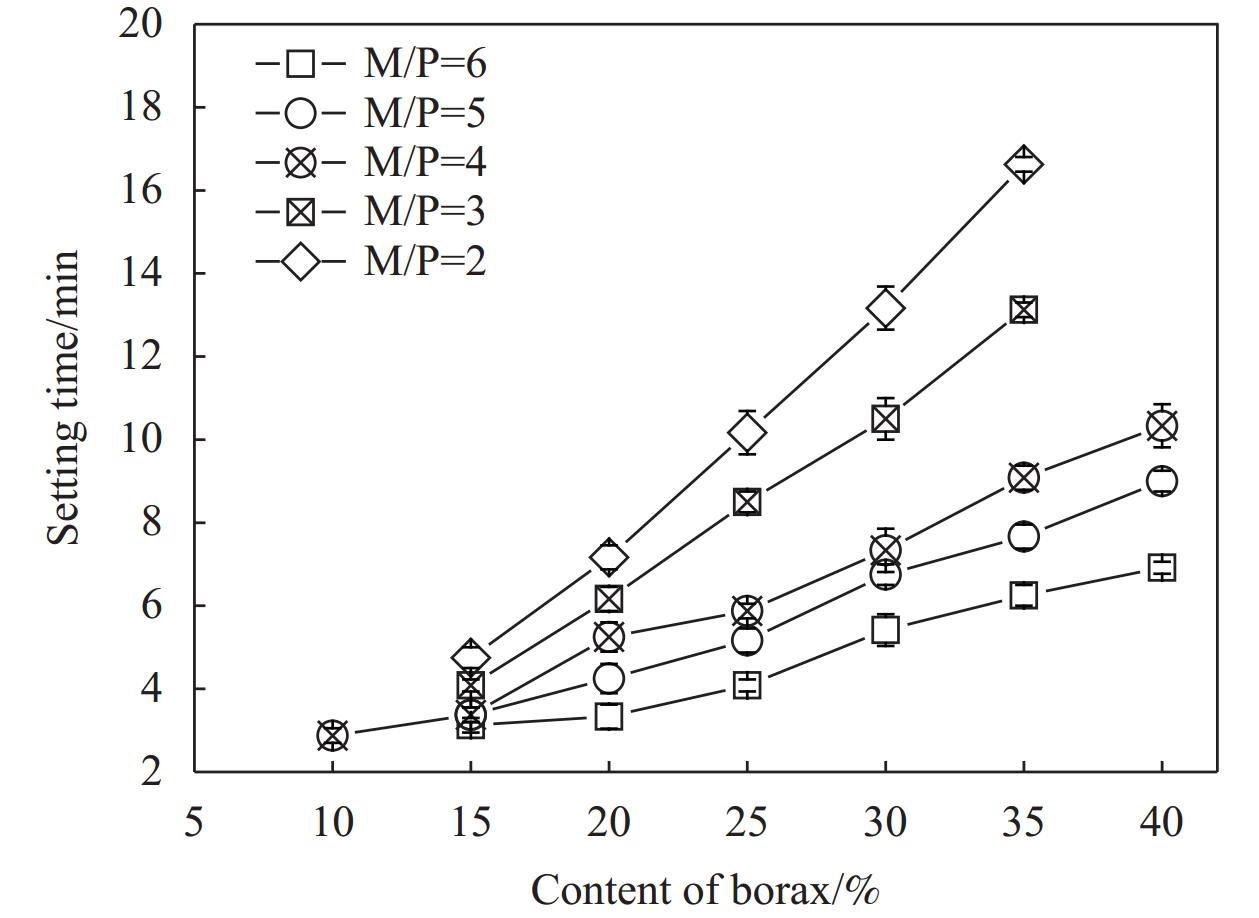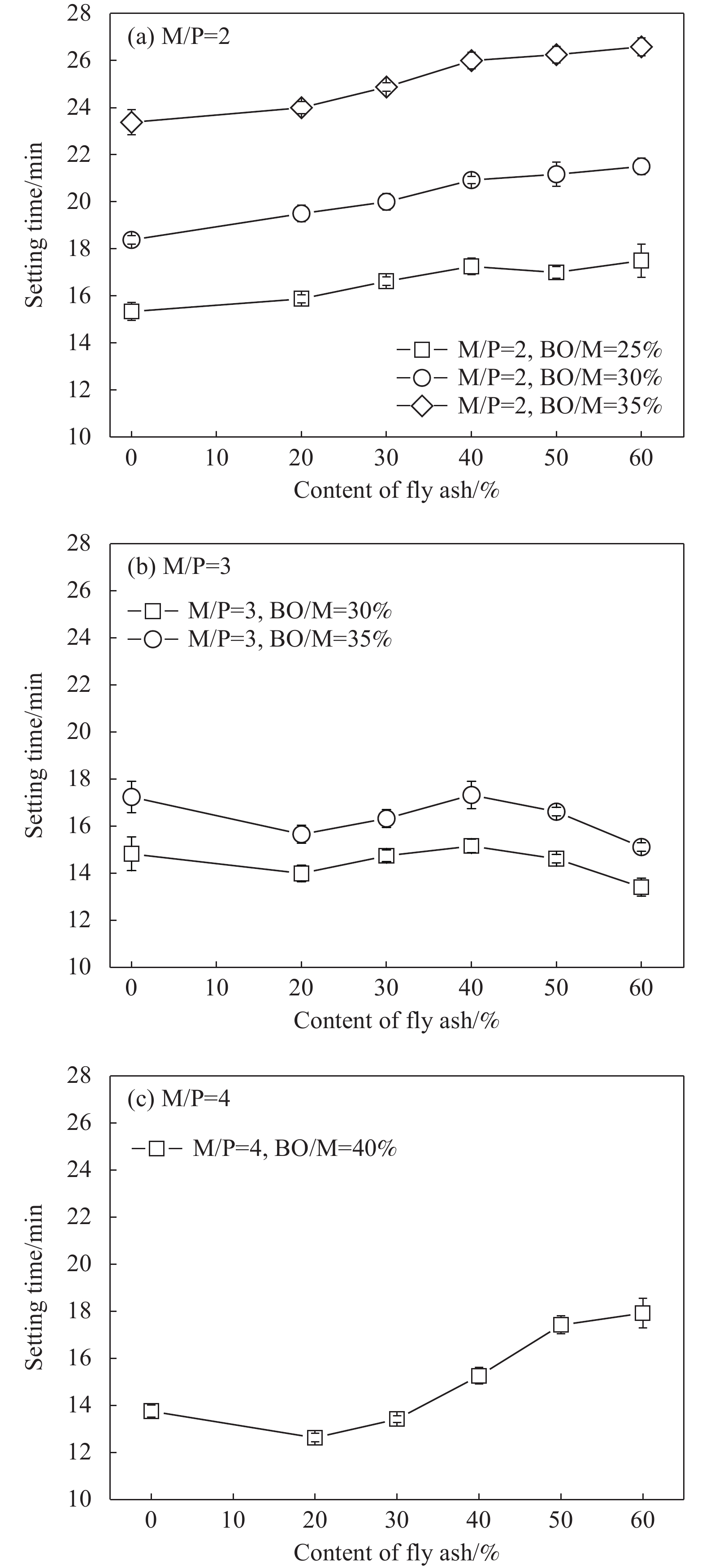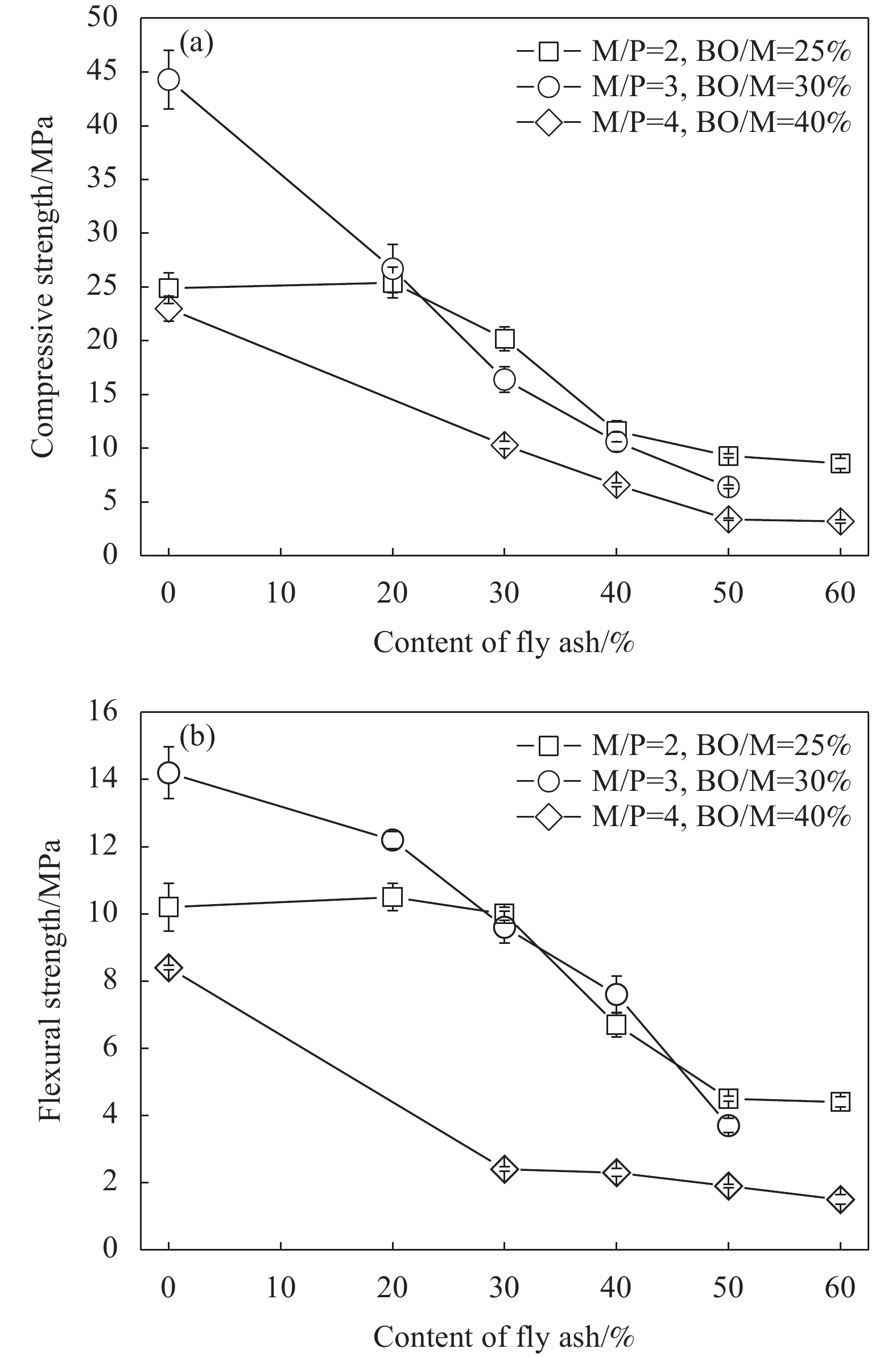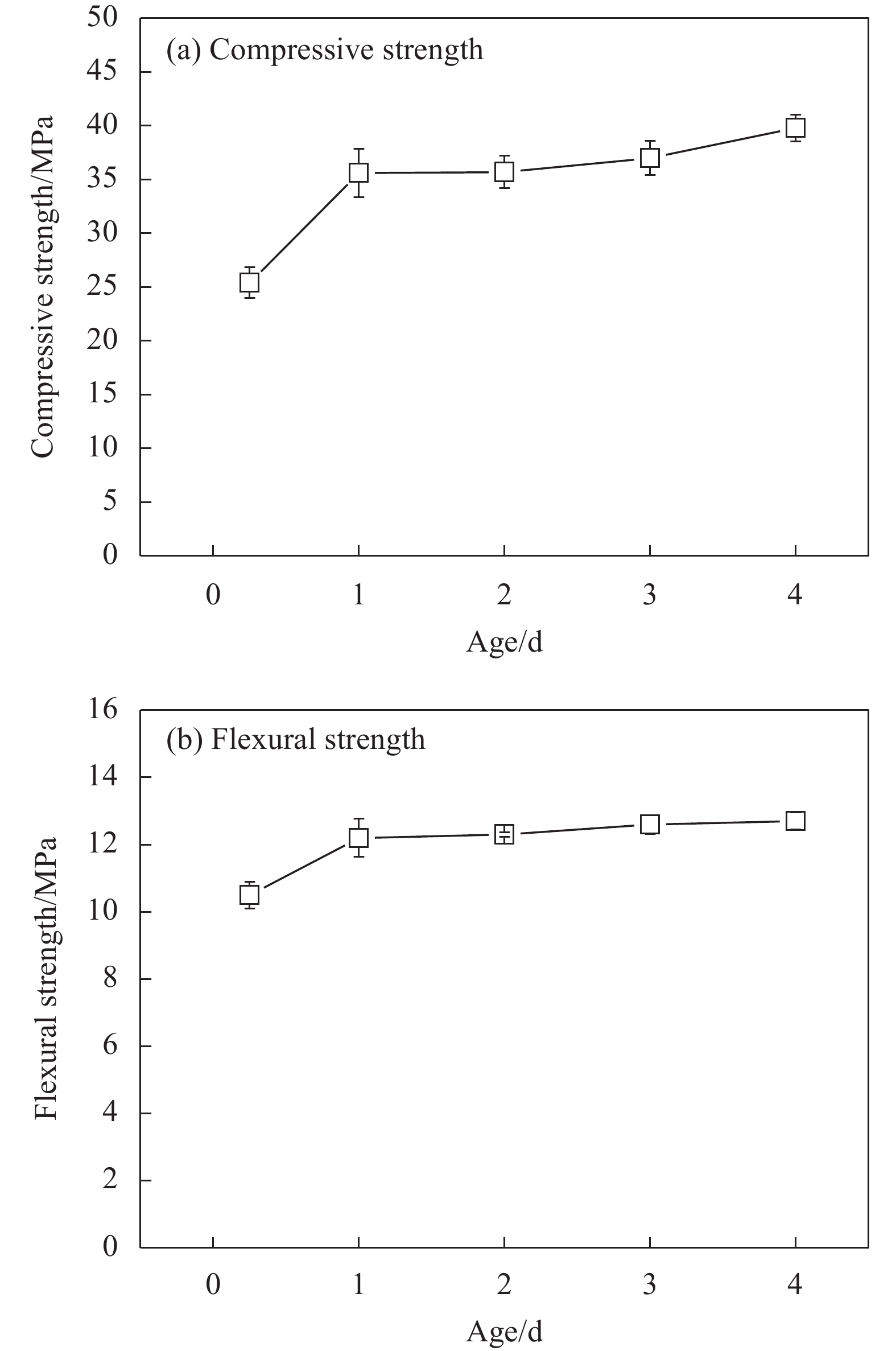Preparation and performance optimization design of high ductility magnesium phosphate cementitious rapid repair material
-
摘要:
针对路桥面铺装层沥青混凝土抗拉变形能力差引发开裂等病害,考虑减少因混凝土修补导致的交通阻碍,研制一种满足立方体抗压强度≥40 MPa、快硬(6 h)、高延性(极限延伸率≥0.50%、平均裂缝宽度≤200 μm)的高延性磷酸镁水泥基快速修补材料(HD-MPCRRM)。从凝结时间、抗压和抗折强度、立方体抗压强度及拉伸性能4个方面调控优化HD-MPCRRM性能,优选HD-MPCRRM配合比;采用XRD分析磷酸镁水泥(MPC)水化产物,采用SEM分析MPC微观形貌,揭示宏观性能机制。优化氧化镁(M)与磷酸二氢铵(P)质量比和硼砂掺量,可使MPC凝结时间不低于10 min。通过优化参数粉煤灰掺量、龄期、水胶比、早强剂种类和掺量及砂胶比,养护6 h 后HD-MPCRRM立方体抗压强度为41.9 MPa,极限抗拉强度为6.1 MPa,极限延伸率为1.10%,平均裂缝宽度为117 μm。M/P主要会改变MPC体系水化产物类型,当M/P较小时,MPC水化产物有中间水化产物Schertelite和最终水化产物鸟粪石,当M/P增加时,MPC中间产物Schertelite会转变为鸟粪石。掺加粉煤灰和碳酸锂的MPC体系水化产物是鸟粪石。HD-MPCRRM的研制,不仅可为路桥面快速修补提供有效方法,采用MPC水泥替代硅酸盐水泥,减少碳排放。
Abstract:In response to the cracking diseases caused by poor tensile deformation of asphalt concrete in road and bridge pavement, and to consider reducing traffic obstacles caused by concrete repair, the high ductility magnesium phosphate cementitious rapid repair material (HD-MPCRRM) was developed. HD-MPCRRM meet the requirements of cubic compressive strength more than 40 MPa, rapid hardening (6 h) and high ductility (ultimate tensile strain more than 0.50%, and average crack width less than 200 μm). Setting time, compressive and flexural strength, cubic compressive strength, and tensile property were tested to optimize the performance of HD-MPCRRM, and then the mixture proportion of HD-MPCRRM was selected. XRD was used to analyze the hydration products of magnesium phosphate cement (MPC), and SEM was adopted to observe the microstructure of MPC, which can reveal the macroscopic performance mechanism. Mass ratio of magnesium oxide (M) to ammonium dihydrogen phosphate (P) and borax content are optimized to make the setting time of MPC more than 10 min. By optimizing these factors of fly ash content, curing age, water-cement ratio, type and dosage of early strength agent, and sand-cement ratio, the cubic compressive strength of HD-MPCRRM is 41.9 MPa after 6 h curing. The ultimate tensile strength is 6.1 MPa, the ultimate tensile strain is 1.10%, and the average crack width of HD-MPCRRM is 117 μm. M/P mainly changes the type of hydration products of MPC system. When the value of M/P is small, the hydration products of MPC include schertelite and struvite. Schertelite is an intermediate hydration product, and struvite is a final hydration product. When the value of M/P increases, the schertelite product of MPC will transform into struvite. The hydration product of the MPC system with the addition of fly ash and lithium carbonate is struvite. The development of HD-MPCRRM not only provides an effective method for rapid repair of road and bridge pavements, and using MPC cement replaces Portland cement also can reduce carbon emissions.
-
超材料[1-3]是一类由阵列化的人工微结构单元构成的复合结构。通过对超材料中的微结构单元及其排布方式进行调控设计,可产生低频弹性波带隙、负等效质量密度、负弹性模量、负折射等一系列超常效应[1],因而在航空航天、工程建筑、轨道交通等[4-6]工程领域具有广泛的应用前景。声学超材料按照带隙形成的机制不同可以分为布拉格散射型和局域共振型[7]。布拉格散射起主导性作用的是周期性的材料特性与弹性波之间的相互作用;局域共振型起主导作用的是散射体的振动特性与基体中长波行波之间的耦合作用,从而抑制弹性波的传播[8]。
近年来,一些学者结合带隙形成机制,在低频范围内获得了较宽的带隙,并通过改变几何参数对带隙进行优化[9-13]。张思文等[14]提出了一种新型局域共振复合结构,实现了声子晶体的多重共振,在低频范围能打开多条共振带隙;Li等[15]研究了振动形式对韧带结构带隙的影响,通过拓扑优化提高了带隙的覆盖范围;Coffy等[16]设计了一种新型声子晶体,有效增加了带隙宽度;李孟昶等[17]设计了一种新型管道超结构构型,该结构在
2500 Hz内产生了两条完全带隙。传统超材料设计方法无法实现参数连续控制。实际工程中,结构随不同工况动态特性相应发生变化,可控超结构可根据目标需求调节结构的带隙特性,实现对不同工况下结构减振的可控调节。近年来,可控超结构日益受到学者们的广泛关注[18-20]。Yao等[21]研究了温度对不同晶格类型声子晶体的带隙调控机制;Geng等[22]研究了不同缺陷态声子晶体几何参数对弯曲波带隙的可控性,结果表明温度升高会造成带隙的频率范围减小;Dai等[23]结合声学拓扑绝缘体,利用温控可调拓扑声子晶体控制和引导水声,但调控范围比较有限。一些学者开展了通过外部激励实现带隙调控的研究。Li等[24-25]分别提出了一种衍生结构和混合声学超结构,可通过施加主动应变调控结构的带隙特性;Bertoldi和Boyce[26]研究了有限形变对周期性超弹性材料中弹性波传播的影响;Shan等[27]研究了周期性多孔超弹性声子晶体在施加载荷后的带隙特性,并分析了不同屈曲模式对带隙的调节效果;Li等[28]研究了结构不同屈曲模式对带隙的影响;Gei[29]研究了准无限周期梁的轴向波和弯曲波的能带结构,分析了轴向拉伸预应力调节结构弯曲波的特性;Huang等[30-32]研究了大形变和预拉伸应变对由超弹性材料制成的声子晶体板带隙的影响。目前已开展的可控超结构研究相对较少,且大多针对结构特定频率范围(低频或中高频)。本文提出一种复合带隙可控超结构构型,可同时产生低频的局域共振型带隙和较高频的布拉格散射型带隙,且通过调节振子位置和施加可控位移,可实现对结构复合带隙的有效调控。采用有限元法研究了4种不同复合带隙可控超结构的带隙特性及其在外加激励作用下的带隙调控规律,计算了该结构的振动传输特性曲线,并与实验结果进行了对比验证。
1. 构型设计及带隙特性
1.1 复合带隙可控超结构构型及其带隙计算
本文提出的复合带隙可控超结构的元胞构型如图1所示,该结构由多孔软材料及内部嵌入的局域共振振子构成。根据振子分布位置不同,分别有单振子、二振子、三振子及四振子4种构型,如图1所示。当对该结构施加可控轴向压缩时(图2),结构逐渐发生变形,带隙结构分布随之改变,实现带隙的可调可控。
![]() 图 2 不同轴向压缩下二振子构型超结构元胞及试件示意图Figure 2. Schematic diagram of the metastructure cells and specimens of two-oscillator configurations under different axial compressionsYp—Axial compression of the structure; a, b—Lattice constant; R—Radius of the hole; θ—Angle of the diagonal of the cell; D—Distance between the holes
图 2 不同轴向压缩下二振子构型超结构元胞及试件示意图Figure 2. Schematic diagram of the metastructure cells and specimens of two-oscillator configurations under different axial compressionsYp—Axial compression of the structure; a, b—Lattice constant; R—Radius of the hole; θ—Angle of the diagonal of the cell; D—Distance between the holes本文采用有限元法计算该结构在{\boldsymbol{{ M}\varGamma}} 、{\boldsymbol{\varGamma { X}}}、{\boldsymbol{{ X}{ M}}}方向上的能带分布。在忽略介质阻尼的影响下,弹性波在线弹性非均匀介质中的波动方程可以写为
\nabla \cdot \left[ {{\boldsymbol{C}}\left( {\boldsymbol{r}} \right):\nabla {\boldsymbol{u}}\left( {{\boldsymbol{r}},t} \right)} \right] = {\boldsymbol{\rho}} \left( {\boldsymbol{r}} \right)\frac{{{\partial ^2}{\boldsymbol{u}}\left( {{\boldsymbol{r}},t} \right)}}{{{\partial ^2}t}} (1) 式中:{\boldsymbol{ r}} 为位置矢量,{\boldsymbol{r}} = \left( {x,y,{\textit{z}}} \right);{\boldsymbol{u}}\left( {\boldsymbol{r}} \right)为位移矢量,{\boldsymbol{u}}\left( {\boldsymbol{r}} \right) = \left( {{u_x},{u_y},{u_{\textit{z}}}} \right);t为时间; {\boldsymbol{C}}\left({\boldsymbol{ r }}\right) 和{\boldsymbol{ \rho}} \left( {\boldsymbol{r}} \right) 分别为材料的弹性张量及密度张量。
由于波动方程中的系数具有周期性,因此根据Bloch-Floquet周期性边界条件,单胞离散形式的特征值方程及边界条件可表示为
{\boldsymbol{KU}} = {\omega _n^2}{\boldsymbol{MU}} (2) \boldsymbol{u}\left(\boldsymbol{r},t\right)={\mathrm{e}}^{\mathrm{i}\left({\boldsymbol{k}} \, \cdot \,{\boldsymbol{r}}-\omega t\right)}\boldsymbol{u}_{\boldsymbol{k}}\left(\boldsymbol{r}\right) (3) 式中: {\boldsymbol{K}} 为结构的刚度矩阵;{\boldsymbol{M}}为质量矩阵;{\boldsymbol{U}}为单元节点位移矩阵;{\omega _n}为声子晶体的固有频率; {{\boldsymbol{u}}_{\boldsymbol{k}}}\left({\boldsymbol{ r}} \right) 是周期性边界源面的位移向量;i为虚数单位;ω为频率;{\boldsymbol{k}}为限制在第一布里渊区内的Bloch波矢,布里渊区示意图如图3所示。
![]() 图 3 Y_{\mathrm{p}}=0\; \mathrm{mm} 时二振子构型超结构元胞(a)及其第一不可约布里渊区(阴影区域) (b)M, Γ and X are the high symmetry points of the first irreducible Brillouin zone, respectively; kx and ky are the components of wave vector k in x and y directions, respectivelyFigure 3. Two-oscillator configuration metastructure cell (a) and its first irreducible Brillouin zone (Shaded region) (b) in Y_{\mathrm{p}}=0\; \mathrm{mm}
图 3 Y_{\mathrm{p}}=0\; \mathrm{mm} 时二振子构型超结构元胞(a)及其第一不可约布里渊区(阴影区域) (b)M, Γ and X are the high symmetry points of the first irreducible Brillouin zone, respectively; kx and ky are the components of wave vector k in x and y directions, respectivelyFigure 3. Two-oscillator configuration metastructure cell (a) and its first irreducible Brillouin zone (Shaded region) (b) in Y_{\mathrm{p}}=0\; \mathrm{mm}联立式(2)与式(3),令波矢{\boldsymbol{k}}扫略第一不可约布里渊区的边界,可得到一系列特征频率{\omega ^2}。在本文中选择波矢{\boldsymbol{k}}前50阶特征频率在第一布里渊区的变化来计算能带结构。对 {{\boldsymbol{k}}_x} 、 {{\boldsymbol{k}}_y} 的扫描路径进行设计,使波矢{\boldsymbol{k}}能够取到第一不可约布里渊区的所有值,其中波矢{\boldsymbol{k}}的方向及取值范围如图3中第一不可约布里渊区示意图所示,Bloch波矢{\boldsymbol{k}}的方向及 {{\boldsymbol{k}}_x} 、 {{\boldsymbol{k}}_y} 的关系如下:
{{\boldsymbol{k}}_x} = \left\{ {\begin{array}{l} {(1 - k)\dfrac{{\text{π}} }{a},0 < k < 1} \\ {(k - 1)\dfrac{{\text{π}} }{a},1 < k < 2} \\ {\dfrac{{\text{π}} }{a},2 < k < 3} \end{array}} \right.{\text{ }}{{\boldsymbol{k}}_y} = \left\{ {\begin{array}{l} {(1 - k)\dfrac{{\text{π}} }{a},0 < k < 1} \\ {0,1 < k < 2} \\ {(k - 2)\dfrac{{\text{π}} }{a},2 < k < 3} \end{array}} \right. (4) 进而可得到波矢k与频率\omega 的色散关系。
1.2 带隙特性分析
本文设计的复合带隙可控超结构采用硅橡胶材料制成,内部嵌入铅块作为其局域共振振子,其几何参数和材料参数如表1所示,未压缩情况下的晶格常数为a = b = 120\;{{\mathrm{mm}}} 。应用COMSOL软件建立了图1中4个元胞结构的有限元模型,并在相应位置施加Floquet周期性边界条件,应用特征频率求解器对布里渊区边界进行波矢扫描计算,可以得到元胞振动的能带结构图,并将它们进行对比,如图4所示。
表 1 几何参数和材料参数Table 1. Geometric parameters and material parametersGeometric parameters Value Material Material parameters Value R/mm 17.5 Silicon rubber E/MPa 0.870 ρ/(kg·m−3) 1230 D/mm 7.426 ν 0.499 Lead E/MPa 40.8 θ/(°) 45 ρ/(kg·m−3) 11340 ν 0.37 Notes:E—Elastic modulus;ρ—Density;ν—Poisson's ratio. 从图4可以看出,中间孔无填充情况下,局域共振振子规律排列在中间孔的四周,随局域共振振子数量增加,300 Hz内的低阶带隙宽度增加,结构中带隙数量逐渐减少,带隙位置逐渐上移;且随着振子数量增加,结构刚度逐渐增大进而导致了带隙中心频率增加。
图5(a)给出了有限元法计算得到的四振子结构的能带结构图。可以看出,当结构的轴向压缩值 Y_{\mathrm{p}}=0\; \mathrm{mm} 时,前50阶特征频率形成了两条较宽的完全带隙和一条较窄的完全带隙,由低到高的频率范围分别为134.48~287.53 Hz、307.26~447.81 Hz和662.44~679.43 Hz。
为进一步分析复合带隙可控超结构的带隙类型,图5(b)给出了A~F这6个点的振动模态图。可以看出,在A点,振动主要集中在散射体上,基体与散射体同向振动;B点散射体的振动降低。当波的频率接近散射体的固有频率时,基体与散射体发生共振,从而抑制了振动在特定方向上的传播。因此,图5(a)中的第一阶带隙为局域共振带隙。而对应C、D、E、F点振动模态为结构整体振动,因此第二阶带隙与第三阶带隙为布拉格散射型带隙。同理,图4所示能带结构中的带隙可根据高对称点的振动模态图来判断:第一阶带隙为局域共振型带隙,第二阶带隙为布拉格散射型带隙。
2. 复合带隙可控超结构带隙调控
为了进一步分析轴向压缩对结构带隙调控的机制,对结构施加竖向位移量 Y_{\mathrm{p}} 。考虑到结构在较大变形下会发生屈曲,将应用COMSOL软件对结构的屈曲临界载荷和相应变形进行分析,计算得到各元胞发生屈曲的临界变形量在22.378~39.682 mm之间。因此,计算中在保证所有结构不发生屈曲的前提下,将图1中单振子、二振子、三振子、四振子元胞分别从0 mm开始依次增加10 mm进行轴向压缩,然后计算它们的能带结构图并分析带隙变化的规律,如图6~图9所示。
对比图6~图9中各阶带隙可以看出,随着竖向位移量 Y_{\mathrm{p}} 的增大,第一阶局域共振带隙变化较小,高阶的布拉格散射带隙中心频率逐渐向上移动,并在较高频率范围内出现了新的布拉格带隙,且单振子元胞和四振子元胞构型出现多条方向带隙(灰色部分)。这是由于轴向压缩对局域共振型带隙参数影响较小,但随着轴向位移 Y_{\mathrm{p}} 的增加,元胞晶格尺寸发生了变化,x方向尺寸a逐渐变大,y方向尺寸b逐渐变小,弹性波在晶格之间的传播与反射波的叠加发生了变化,色散曲线中心频率上移。可以发现,轴向压缩对不同构型复合带隙可控超结构具有较一致的调控机制,带隙调控的规律与局域共振振子的数量之间没有明显的关系。
3. 复合带隙可控超结构振动传输特性
3.1 有限周期结构的振动传输特性
为了进一步研究复合带隙可控超结构的实际工程应用效果,本文分别采用数值计算和实验方法对其进行了有限周期结构的振动传输特性研究。结构振动衰减情况常用传输损失{T_{\mathrm{L}}}来描述,传输损失 {T_{\mathrm{L}}} 计算式为[33]
T_{\mathrm{L}}=20\mathrm{lg}\left(\frac{a_{\mathrm{out}}}{a_{\mathrm{in}}}\right) (5) 式中,{a_{{\mathrm{in}}}}和{a_{{\mathrm{out}}}}分别为输入点和输出点处的加速度响应。
为了对比不同数量周期结构对振动传输特性结果的影响,开展了图10中有限周期二振子构型A、B结构的传输特性计算。应用COMSOL软件建立了两个结构的模型,在其左端处施加轴向单位激振力,限制结构y方向的刚体位移,在结构左右两端施加了自由边界条件,并在另一端{a_{{\mathrm{out}}}}处计算得到输出振动响应。
图11给出了不同轴向压缩值下两个结构的振动传输特性曲线,可以看出尺寸较小的A结构与尺寸较大的B结构的振动传输特性具有较好的一致性。考虑到本文制作的实验试件尺寸有限,为便于与实验结果对比分析,选取周期结构数量与试验件相一致的A结构进行研究。图12(a)~图12(c)分别给出了二振子构型A结构在 Y_{\mathrm{p}}=0\; \mathrm{mm} 、 Y_{\mathrm{p}}=10\; \mathrm{mm} 、 Y_{\mathrm{p}}=20\; \mathrm{mm} 时的能带结构及振动传输特性曲线对比图。
从图12中的数值结果可以看出,传输特性曲线中振动衰减部分的频率范围与计算得到的能带结构中的带隙频率范围基本一致。另外,传输特性曲线中,除完全带隙对应的衰减,其余的衰减部分对应于方向带隙。在带隙范围内,结构的传输特性衰减明显,未压缩结构与轴向压缩结构的最大衰减均可达到150 dB。由此可见,弹性波在带隙频率范围内会出现明显的衰减。
3.2 实验研究
为研究有限周期二振子超结构振动传输特性,制作了二振子元胞结构试件,如图13所示。该试件由多孔硅橡胶构成,长度为300 mm,宽度为180 mm,厚度为50 mm,在橡胶孔内规律嵌入铅块构成局域共振振子。实验中,通过螺栓、螺母固定夹具,同时可调节控制其整体竖向位移。加速度传感器(352 C33,PCB)设置在图10中输入点{a_{{\mathrm{in}}}}与拾取点{a_{{\mathrm{out}}}}对应位置,使用力锤(CL-YD-303,江苏联能电子技术有限公司)沿水平方向冲击产生激励,通过DHDAS动态信号采集分析系统(DH8303,江苏东华测试技术股份有限公司)采集输入、输出端的加速度响应,实验装置如图14所示,实验流程如图15所示。将采集的数据利用式(5)进行计算,即可得到结构的振动传输特性曲线。
3.3 结果分析
将实验测得的加速度响应通过式(5)进行计算,所得到的数据经归一化处理后可获得二振子结构的振动传输特性曲线,如图16虚线所示。可以看出,带隙所在范围内(阴影区域)弹性波发生了衰减,这与有限元计算得到的结果比较一致,并且振动传输特性曲线的实验结果与数值结果也得到了较好的一致性。从图16可以看出:当 Y_{\mathrm{p}}=0\; \mathrm{mm} 与 Y_{\mathrm{p}}=10\; \mathrm{mm} 时,实验得到的振动传输特性曲线的衰减峰值与数值结果中的衰减峰值比较吻合;当 Y_{\mathrm{p}}=20\; \mathrm{mm} 时,部分低阶带隙的结果存在一定差异。这主要是由于:实验中结构通过夹具施加轴向压缩值,而相应的计算分析过程中,忽略了夹具和结构自重的影响,同时随着轴向压缩值的增加,结构内部产生的应力及自身的结构阻尼对其带隙亦有影响,因此两者有一定的误差。
4. 结 论
本文提出一种复合带隙可控超结构构型,该结构由多孔软材料和局域共振振子组成,可同时产生局域共振和布拉格散射两种带隙,通过施加轴向位移可实现对带隙的有效调控。采用有限元法研究了该结构在不同构型下的带隙特性及轴向压缩对带隙的调控规律,计算了二振子结构的振动传输特性并与带隙分布进行了对比验证。搭建了二振子结构振动特性实验平台,测得了该结构的传输特性曲线,与实验结果相对比,两者取得了较好的一致性。主要结论如下:
(1)对比分析了复合带隙可控超结构的4种不同构型带隙特性,数值结果表明该结构可产生局域共振型和布拉格散射型两种带隙分布;随局域共振振子数量增加,一定频率范围内,结构中带隙宽度增加,数量减少,且带隙中心频率上移;
(2)轴向压缩对该结构带隙分布具有一定的调控作用,随着轴向压缩值的增加,布拉格带隙中心频率逐渐上移,同时出现更多的完全带隙和方向带隙,局域共振型带隙变化较小,4种复合带隙可控超结构带隙调控规律基本一致;
(3)复合带隙可控超结构在带隙范围内具有较好的减振效果,振动传输特性曲线的实验结果与数值结果中衰减部分基本吻合。因此,弹性波在带隙频率范围内会出现明显的衰减。
本文提出的复合带隙可控超结构可以实现结构在不同工况下的带隙调控,在航空航天、轨道交通等领域有广阔的应用前景。结构由软材料组成,理论分析存在一定难度,且变形较大时出现非线性特性,在未来工作中将开展内在机制的理论分析及非线性特性研究。
-
表 1 氧化镁的化学成分组成
Table 1 Chemical composition of magnesium oxide
Composition Content/wt% MgO 91.79 SiO2 3.10 Al2O3 0.86 Fe2O3 1.27 CaO 1.51 TiO2 0.01 SO3 0.22 表 2 以凝结时间≥10 min为目标的磷酸镁水泥(MPC)基复合材料配合比设计(质量比)
Table 2 Mixture design of magnesium phosphate cement (MPC) cementitious composite material with purpose of setting time more than 10 min (By mass ratio)
Design factor W/B M/P BO/M/% FA/B/% M/P 0.3 2/3/4/5/6 25 0 0.3 2/3/4/5/6 30 0 Content of BO 0.3 2 15/20/25/30/35 0 0.3 3 15/20/25/30/35 0 0.3 4 10/15/20/25/30/35/40 0 0.3 5 15/20/25/30/35/40 0 0.3 6 15/20/25/30/35/40 0 Content of FA 0.3 2 25 0/20/30/40/50/60 0.3 2 30 0/20/30/40/50/60 0.3 2 35 0/20/30/40/50/60 0.3 3 30 0/20/30/40/50/60 0.3 3 35 0/20/30/40/50/60 0.3 4 40 0/20/30/40/50/60 Notes: W/B—Water-binder ratio; M/P—Mass ratio of magnesium oxide (M) to ammonium dihydrogen phosphate (P); BO/M—Mass ratio of borax to magnesium oxide; FA/B—Mass ratio of fly ash to binder. 表 3 MPC水泥基复合材料初步配合比设计(质量比)
Table 3 Preliminary mixture design of MPC cementitious composite material (By mass ratio)
Design factor W/B M/P BO/M/% FA/B/% RS/B ESA/B/% PVA fiber/% Content of FA 0.3 2 25 0/30/40/50/60 0.3 — 2 0.3 3 30 0/30/40/50/60 0.3 — 2 0.3 4 40 0/30/40/50/60 0.3 — 2 Curing age 0.3 2 25 20 0.3 — 2 W/B 0.27/0.28/0.29/0.3/0.31 2 25 20 0.3 — 2 ESA 0.29 2 25 20 0.3 Li 0/0.5/1/1.5/2/3 2 0.29 2 25 20 0.3 CF 0/0.5/1/1.5/2/3 2 0.29 2 25 20 0.3 ASS 0/0.5/1/1.5/2/3 2 Notes: Polyvinyl alcohol (PVA) fiber is added by volume fraction; RS/B—Mass ratio of river sand to binder; ESA/B—Mass ratio of early strength agent to binder; CF—Calcium formate; ASS—Anhydrous sodium sulfate. 表 4 MPC水泥基复合材料配合比优化设计(质量比)
Table 4 Optimization mixture design of MPC cementitious composite material (By mass ratio)
Design factor W/B M/P BO/M/% FA/B/% RS/B Li/B/% PS/B/% PVA fiber/% RS/B 0.2 2 25 20 0.8/0.9/1.0/1.1/1.2 3 1.1 2 W/B 0.16/0.18/0.2/0.22/0.24 2 25 20 1.0 3 1.1 2 0.17/0.18/0.2/0.22/0.24 3 30 20 0.3 3 1.1 2 Notes: Li/B is the mass ratio of lithium carbonate to binder; PS/B is the mass ratio of polycarboxylate superplasticizer to binder. 表 5 MPC净浆配合比 (kg/m3)
Table 5 Mixture of MPC pure paste (kg/m3)
Specimen ID M P BO FA Li M2F0L0 633.3 316.7 158.3 0 0 M4F0L0 760 190 304 0 0 M3F0L0 712.5 237.5 213.75 0 0 M3F2L0 570 190 171 190 0 M3F3L0 498.75 166.25 149.6 285 0 M3F2L3 570 190 171 190 28.5 Notes: The specimen ID contains three parts, the first part is the mass ratio of magnesium oxide (M) to ammonium dihydrogen phosphate (P), the second part is the mass ratio of fly ash to binder, and the third part is the mass ratio of lithium carbonate to binder. Such as, M3F2L3 means the mass ratio of magnesium oxide (M) to ammonium dihydrogen phosphate (P) is 3, the mass ratio of fly ash to binder is 20%, and the mass ratio of lithium carbonate to binder is 3%. -
[1] 杨正宏, 刘思佳, 吴凯, 等. 纤维增强磷酸镁水泥基复合材料研究进展[J]. 材料导报, 2023, 37(1): 118-124. DOI: 10.11896/cldb.20110150 YANG Zhenghong, LIU Sijia, WU Kai, et al. Research progress on fiber reinforced magnesium phosphate cement composites[J]. Materials Reports, 2023, 37(1): 118-124(in Chinese). DOI: 10.11896/cldb.20110150
[2] 尤超. 磷酸镁水泥水化硬化及水化产物稳定性[D]. 重庆: 重庆大学, 2017. YOU Chao. Hydration and hardening of magnesium phosphate cement and stability of hydration products[D]. Chongqing: Chongqing University, 2017(in Chinese).
[3] ZHANG Y J, WANG S G, ZHANG B, et al. A preliminary investigation of the properties of potassium magnesium phosphate cement-based grouts mixed with fly ash, water glass and bentonite[J]. Construction and Building Materials, 2020, 237: 117501. DOI: 10.1016/j.conbuildmat.2019.117501
[4] HAQUE M A, CHEN B, LIU Y T . The role of bauxite and fly-ash on the water stability and microstructural densification of magnesium phosphate cement composites[J]. Construction and Building Materials, 2020, 260: 119953. DOI: 10.1016/j.conbuildmat.2020.119953
[5] DONG D, HUANG Y B, PEI Y, et al. Effect of spherical silica fume and fly ash on the rheological property, fluidity, setting time, compressive strength, water resistance and drying shrinkage of magnesium ammonium phosphate cement[J]. Journal of Building Engineering, 2023, 63: 105484. DOI: 10.1016/j.jobe.2022.105484
[6] 李磊, 杨毅, 谢顺. 钢纤维对磷酸镁水泥基修补材料韧性的影响[J]. 新型建筑材料, 2022, 49(4): 44-47, 130. DOI: 10.3969/j.issn.1001-702X.2022.04.011 LI Lei, YANG Yi, XIE Shun. Effect of steel fiber on toughness of magnesium phosphate cement-based repair material[J]. New Building Materials, 2022, 49(4): 44-47, 130(in Chinese). DOI: 10.3969/j.issn.1001-702X.2022.04.011
[7] FANG Y, CHEN B, ODERJI S Y. Experimental research on magnesium phosphate cement mortar reinforced by glass fiber[J]. Construction and Building Materials, 2018, 188: 729-736.
[8] 方圆, 陈兵. 玻璃纤维对磷酸镁水泥砂浆力学性能的增强作用及机理[J]. 材料导报, 2017, 31(24): 6-9, 39. DOI: 10.11896/j.issn.1005-023X.2017.024.002 FANG Yuan, CHEN Bing. The enhancement and mechanism of glass fiber on mechanical properties of magnesium phosphate cement mortar[J]. Materials Reports, 2017, 31(24): 6-9, 39(in Chinese). DOI: 10.11896/j.issn.1005-023X.2017.024.002
[9] 中国建筑材料联合会. 高延性纤维增强水泥基复合材料力学性能试验方法:JC/T 2461—2018[S]. 北京: 中国建材工业出版社, 2018. China Building Materials Federation. Standard test method for the mechanical properties of ductile fiber reinforced cementitious composites: JC/T 2461—2018[S]. Beijing: China Building Materials Press, 2018(in Chinese).
[10] 刘泽军, 赵柳, 李艳, 等. 不同长径比聚乙烯(PVA)/高延性纤维增强水泥基复合材料(ECC)动态压缩性能[J]. 复合材料学报, 2023, 40(12): 6859-6870. LIU Zejun, ZHAO Liu, LI Yan, et al. Dynamic compression property of polyvinyl alcohol (PVA)/engineered fiber reinforced cementitious composite (ECC) with different length-diameter ratios[J]. Acta Materiae Compositae Sinica, 2023, 40(12): 6859-6870(in Chinese).
[11] CUROSU L, LIEBSCHER M, ALSOUS G, et al. Tailoring the crack-bridging behavior of strain-hardening cement-based composites (SHCC) by chemical surface modification of poly(vinyl alcohol) (PVA) fibers[J]. Cement and Concrete Composites, 2020, 114: 103722. DOI: 10.1016/j.cemconcomp.2020.103722
[12] XU S L, WU P, ZHOU F, et al. A dynamic constitutive model of ultra high toughness cementitious composites[J]. Journal of Zhejiang University-Science A, 2020, 21(12): 939-960.
[13] ZHENG Y, ZHANG L F, XIA L P. Investigation of the behaviour of flexible and ductile ECC link slab reinforced with FRP[J]. Construction and Building Materials, 2018, 166: 694-711. DOI: 10.1016/j.conbuildmat.2018.01.188
[14] FIGUEIREDO T C S P, CUROSU I, GONZALES G L G, et al. Mechanical behavior of strain-hardening cement-based composites (SHCC) subjected to torsional loading and to combined torsional and axial loading[J]. Materials & Design, 2021, 198: 109371.
[15] 李晓琴, 周旭, 李世华. 粉煤灰掺量对PVA-ECC性能的影响[J]. 硅酸盐通报, 2020, 39(12): 3783-3790. LI Xiaoqin, ZHOU Xu, LI Shihua. Effect of fly ash content on properties of PVA-ECC[J]. Bulletin of the Chinese Ceramic Society, 2020, 39(12): 3783-3790(in Chinese).
[16] DENG M K, ZHANG M, MA F D, et al. Flexural strengthening of over-reinforced concrete beams with highly ductile fiber-reinforced concrete layer[J]. Engineering Structures, 2021, 231: 111725. DOI: 10.1016/j.engstruct.2020.111725
[17] GUO L P, WANG M, DING C, et al. Effect of incorporating reclaimed asphalt pavement on macroscopic and microstructural properties of high ductility cementitious composites[J]. Construction and Building Materials, 2020, 260: 119956. DOI: 10.1016/j.conbuildmat.2020.119956
[18] CHAI L J, GUO L P, CHEN B, et al. Effects of curing age on compressive and tensile stress-strain behaviors of ecological high ductility cementitious composites[J]. Journal of Southeast University (English Edition), 2020, 36(1): 73-80.
[19] CHAI L J, GUO L P, CHEN B, et al. Interactive effects of freeze-thaw cycle and carbonation on tensile property of ecological high ductility cementitious composites for bridge deck link slab[J]. Construction and Building Materials, 2018, 186: 773-781. DOI: 10.1016/j.conbuildmat.2018.07.248
[20] FENG H, LIANG J H, GUO A F, et al. Development and design of ultra-high ductile magnesium phosphate cement-based composite using fly ash and silica fume[J]. Cement and Concrete Composites, 2023, 137: 104923. DOI: 10.1016/j.cemconcomp.2022.104923
[21] FENG H, NIE S, GUO A F, et al. Evaluation on the performance of magnesium phosphate cement-based engineered cementitious composites (MPC-ECC) with blended fly ash/silica fume[J]. Construction and Building Materials, 2022, 341: 127861. DOI: 10.1016/j.conbuildmat.2022.127861
[22] 李茂, 岳燕飞, 钱觉时, 等. 钢纤维增强磷酸镁水泥混凝土力学性能研究[J]. 武汉大学学报(工学版), 2022, 55(7): 691-698. LI Mao, YUE Yanfei, QIAN Jueshi, et al. Investigation on the mechanical properties of steel fiber reinforced magnesium phosphate cement concrete[J]. Engineering Journal of Wuhan University, 2022, 55(7): 691-698(in Chinese).
[23] LIU R Q, PANG B, ZHAO X K, et al. Effect of rice husk ash on early hydration behavior of magnesium phosphate cement[J]. Construction and Building Materials, 2020, 263: 120180. DOI: 10.1016/j.conbuildmat.2020.120180
[24] LIU Y T, CHEN B, QIN Z H, et al. Experimental research on properties and microstructures of magnesium-iron phosphate cement[J]. Construction and Building Materials, 2020, 257: 119570. DOI: 10.1016/j.conbuildmat.2020.119570
[25] 中国建筑材料联合会. 水泥标准稠度用水量、凝结时间、安定性检验方法:GB/T 1346—2011[S]. 北京: 中国标准出版社, 2011. China Building Materials Federation. Test methods for water requirement of normal consistency, setting time and soundness of the portland cement: GB/T 1346—2011[S]. Beijing: Standards Press of China, 2011(in Chinese).
[26] 中国建筑材料联合会. 水泥胶砂强度检验方法(IOS法): GB/T 17671—2021[S]. 北京: 中国标准出版社, 2021. China Building Materials Federation. Test method of cement mortar strength (ISO method): GB/T 17671—2021[S]. Beijing: Standards Press of China, 2021(in Chinese).
[27] 刘进, 呙润华, 张增起. 磷酸镁水泥性能的研究进展[J]. 材料导报, 2021, 35(23): 1-16. DOI: 10.11896/cldb.20070106 LIU Jin, GUO Runhua, ZHANG Zengqi. Research progress of properties of magnesium phosphate cement[J]. Materials Reports, 2021, 35(23): 1-16(in Chinese). DOI: 10.11896/cldb.20070106
[28] 房琦, 肖炳斐, 陈玥, 等. 矿物掺合料在磷酸镁水泥中的研究进展综述[J]. 混凝土, 2021(6): 67-72. DOI: 10.3969/j.issn.1002-3550.2021.06.015 FANG Qi, XIAO Bingfei, CHEN Yue, et al. Review on research progress of mineral admixtures in magnesium phosphate cement[J]. Concrete, 2021(6): 67-72(in Chinese). DOI: 10.3969/j.issn.1002-3550.2021.06.015
[29] LI V C, LEUNG C K Y. Steady-state and multiple cracking of short random fiber composites[J]. Journal of Engineering Mechanics, 1992, 118(11): 2246-2264. DOI: 10.1061/(ASCE)0733-9399(1992)118:11(2246)
[30] 杨亚男. 变温条件下生态型高延性水泥基复合材料多尺度本构关系与设计理论[D]. 南京: 东南大学, 2017. YANG Yanan. Multi-scale constitutive relation and design theory of ecological high ductility cementitious composites under variable temperature conditions[D]. Nanjing: Southeast University, 2017(in Chinese).
[31] 谌正凯. 国产化绿色高延性水泥基复合材料优化设计与关键性能[D]. 南京: 东南大学, 2015. CHEN Zhengkai. Optimized design and key performance of domestic green high ductility cementitious composites[D]. Nanjing: Southeast University, 2015(in Chinese).
[32] 谭永山, 余红发, 姚祥, 等. 无缓凝剂磷酸镁修补砂浆的力学性能实验研究[J]. 南京航空航天大学学报, 2018, 50(1): 138-144. TAN Yongshan, YU Hongfa, YAO Xiang, et al. Experimental study on mechanics properties of magnesium phosphate repair mortar without retarder[J]. Journal of Nanjing University of Aeronautics & Astronautics, 2018, 50(1): 138-144(in Chinese).
[33] 胡华洁. 用于高铁无砟轨道损伤快速修复磷酸镁水泥研究[D]. 上海: 上海交通大学, 2015. HU Huajie. Experimental research on magnesium phosphate cement for rapid repair of ballastless track in high-speed railway[D]. Shanghai: Shanghai Jiaotong University, 2015(in Chinese).
[34] 仝万亮. 矿物掺合料与硅酸盐水泥改性磷酸镁水泥的性能研究[D]. 西安: 西安建筑科技大学, 2016. TONG Wanliang. Study on the properties of mineral admixture and Portland cement modified magnesium phosphate cement[D]. Xi'an: Xi'an University of Architecture and Technology, 2016(in Chinese).
-
其他相关附件
-
目的
路桥面铺装层混凝土弯拉变形能力差,呈现脆性特点,在车辆及重载车辆下混凝土开裂。混凝土脆性开裂后,裂缝迅速恶化,严重影响交通运输。为了减少混凝土开裂以及降低维修次数,采用弯拉变形能力优异的高延性混凝土进行修补;为了减少混凝土修补期间引发的交通阻碍,采用快硬型混凝土进行快速修补。因此,亟需研制一种满足路桥面混凝土强度要求、高延性和快硬于一体的高延性磷酸镁水泥基快速修补材料(HD-MPCRRM)。
方法本文利用氧化镁和磷酸二氢铵的酸碱中和反应制备磷酸镁水泥(MPC)。首先,以凝结时间不低于10 min为目标,优化氧化镁(M)、磷酸二氢铵(P)、硼砂和粉煤灰比例,分别以M/P、硼砂掺量和粉煤灰掺量为因素,分析其对MPC水泥基复合材料凝结时间的影响。其次,采用氧化镁、磷酸二氢铵、硼砂、粉煤灰、河砂、减水剂、早强剂和水制备MPC水泥基复合材料,以40 mm×40 mm×160 mm试件测试MPC水泥基复合材料的抗折和抗压强度,通过分析粉煤灰掺量、养护龄期、水胶比、早强剂种类及掺量对MPC水泥基复合材料抗折强度和抗压强度的影响,初步优选配合比。然后,采用100 mm×100 mm×100 mm标准试件进行抗压强度测试,以立方体抗压强度≥40 MPa为目标,通过分析砂胶比和水胶比对MPC水泥基复合材料立方体抗压强度的影响,优化材料配合比。最后,以极限延伸率≥1 %和平均裂缝宽度≤200 μm为目标,最终优选HD-MPCRRM配合比。
结果① MPC凝结时间10 min内主要与M/P、硼砂掺量有关。M/P增大时,参与水化反应的Mg增多,凝结时间越短。硼砂掺量增加时,硼砂中BO与MPC溶液中Mg发生络合反应,延缓了MPC酸碱中和反应。MPC体系中粉煤灰的掺入可以延长MPC凝结时间。② 粉煤灰掺量为0 %~60 %时,随着粉煤灰掺量增加,MPC水泥基复合材料的抗压和抗折强度基本呈现降低趋势,当M/P=2,粉煤灰掺量为20 %时材料的抗压和抗折强度最大。空气养护龄期在6 h~1 d范围内MPC水泥基复合材料抗压和抗折强度增加趋势最为明显,MPC水化速度在早期最快。调整水胶比可以改善MPC水泥基复合材料的抗压和抗折强度。碳酸锂可以加速MPC水化进程,提高复合材料早期强度,掺加3 %碳酸锂作为早强剂对MPC水泥基复合材料的抗压和抗折强度的增强效果较好。③ 通过优化砂胶比和水胶比可以提高MPC水泥基复合材料立方体抗压强度。砂胶比0.8~1.2,随着砂胶比的增大,MPC水泥基复合材料立方体抗压强度呈现先增大后减小的趋势,最佳砂胶比为1.0。水胶比0.16~0.24,随着水胶比的增大,MPC水泥基复合材料立方体抗压强度均呈现先增大后减小的趋势,最佳水胶比为0.18。通过性能优化设计HD-MPCRRM立方体抗压强度为41.9 MPa,极限延伸率达到1.10 %,平均裂缝宽度为117 μm。④ MPC水化产物与Mg离子浓度相关。不同配合比中硼砂掺量相差较小时,较低M/P的MPC体系中Mg离子浓度降低,水化产物有鸟粪石和中间产物schertelite,随着M/P增加,schertelite转变为鸟粪石。粉煤灰吸附磷酸根离子,Mg离子浓度增加,导致MPC体系中水化产物是鸟粪石。碳酸锂促进MPC水化反应,导致MPC体系水化产物是鸟粪石。
结论MPC胶凝体系的凝结时间主要依靠M/P、硼砂调节,降低M/P或者增加硼砂掺量均可以延长MPC凝结时间。MPC水泥基复合材料的抗压强度主要通过粉煤灰掺量、水胶比、早强剂掺量和砂胶比优化设计。通过氧化镁、磷酸二氢铵、硼砂、粉煤灰、河砂、减水剂、早强剂、水和聚乙烯醇纤维的组分优化设计可研制HD-MPCRRM材料。
-
路桥面铺装层沥青混凝土的抗拉变形能力差,在荷载作用下容易开裂,出现网裂等病害,严重影响交通运营。高延性水泥基复合材料(HDCC)主要采用硅酸盐水泥为主要胶凝材料,掺加PVA纤维等制备而成,极限延伸率不低于0.5%,平均裂缝宽度不超过200 μm。基于HDCC优异的拉伸变形能力,可用于路桥面混凝土的修补,但硅酸盐水泥水化过程缓慢,养护龄期至少需要28 d,时间长,无法用于混凝土铺装层的快速修补。
借鉴HDCC设计方法,本文采用磷酸镁水泥替换硅酸盐水泥,制备满足集混凝土铺装层强度等级、高延性、快硬于一体的高延性磷酸镁水泥基复合材料(HD-MPCRRM),不仅可以对路桥面开裂混凝土进行快速高效修补,也可以助推“双碳”行动。通过优化设计氧化镁(M)与磷酸二氢铵(P)质量比、硼砂掺量、粉煤灰掺量、养护龄期、水胶比、早强剂种类和掺量、砂胶比,使HD-MPCRRM浆体凝结时间不低于10 min,制备养护龄期6 h后,HD-MPCRRM立方体抗压强度为41.9 MPa,极限抗拉强度为6.1 MPa,极限延伸率为1.10%,平均裂缝宽度为117 μm。相比于HDCC材料,HD-MPCRRM具有快硬特点,养护龄期6 h即可满足铺装层强度等级、高延性要求,在路桥面混凝土铺装层修补领域具有可观的前景。
水胶比对MPC水泥基复合材料立方体抗压强度的影响 图2 HD-MPCRRM的拉伸应力-应变关系
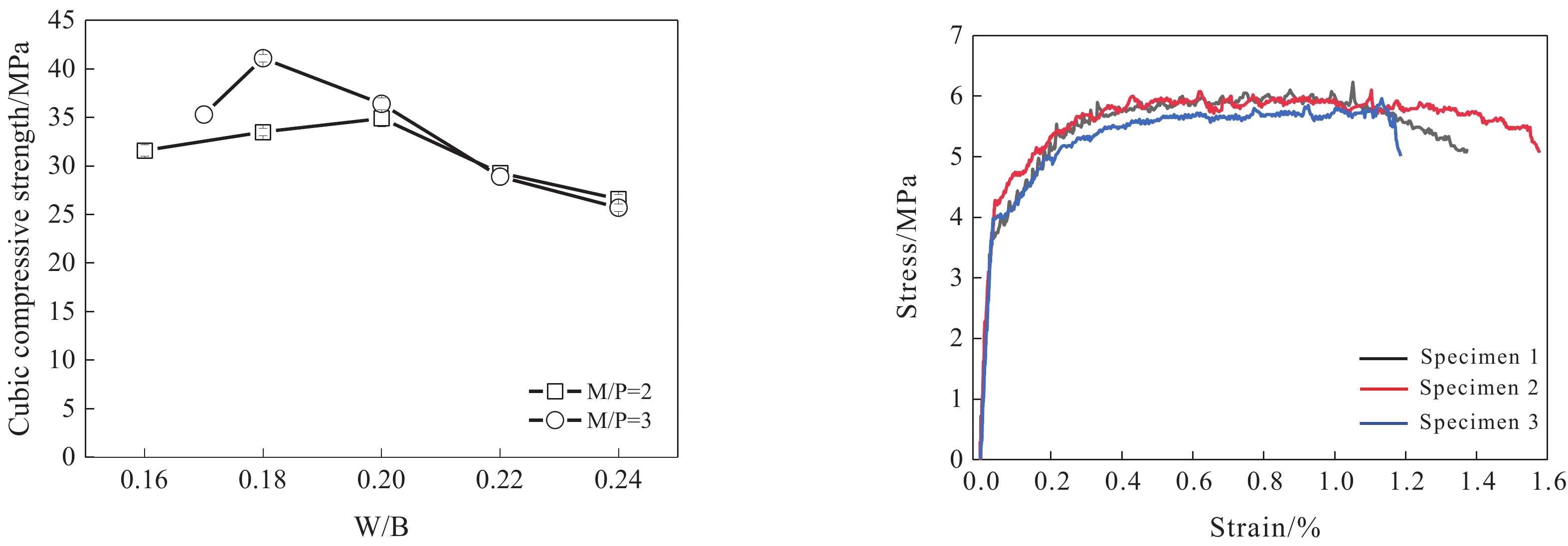





 下载:
下载:
